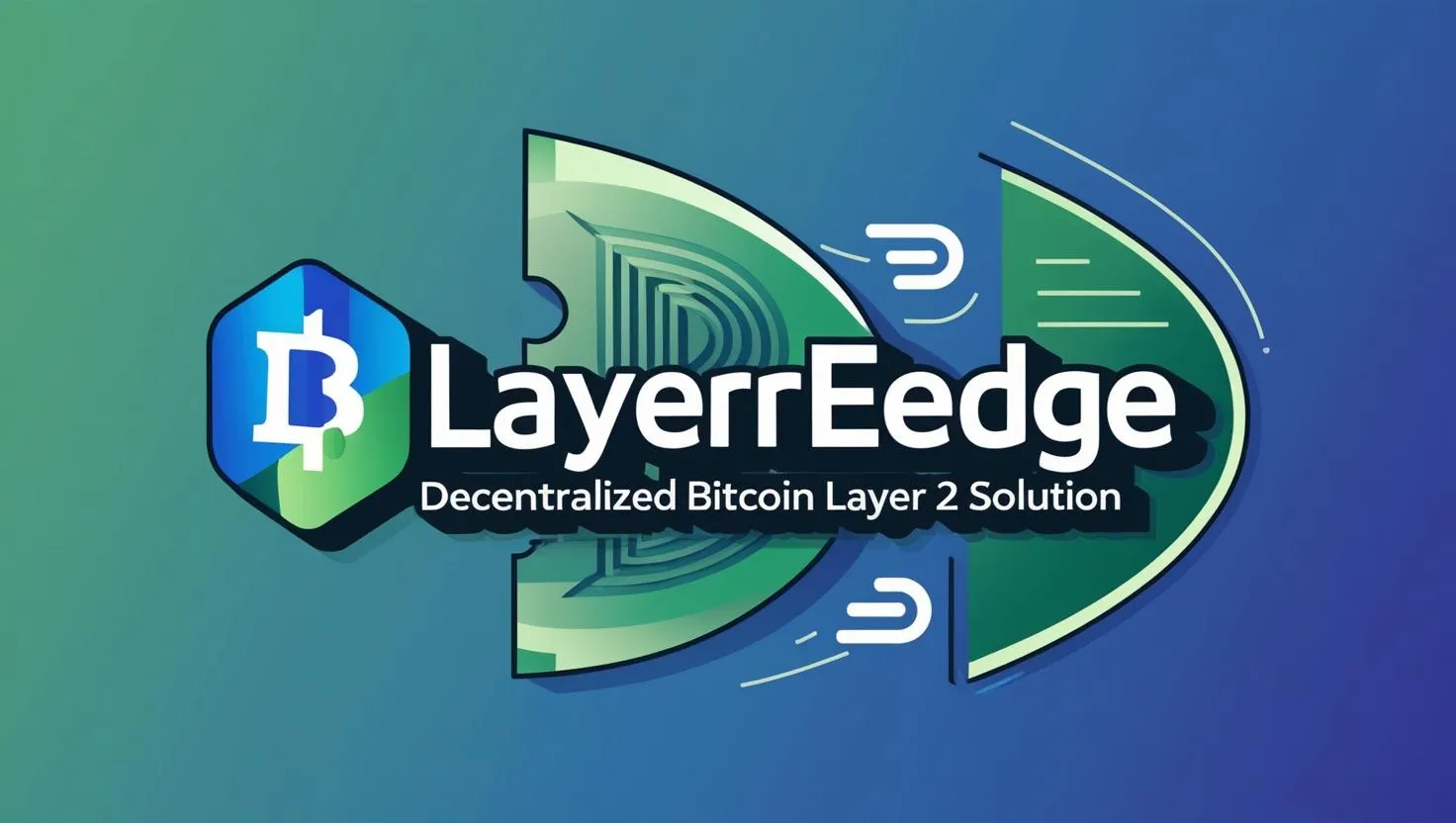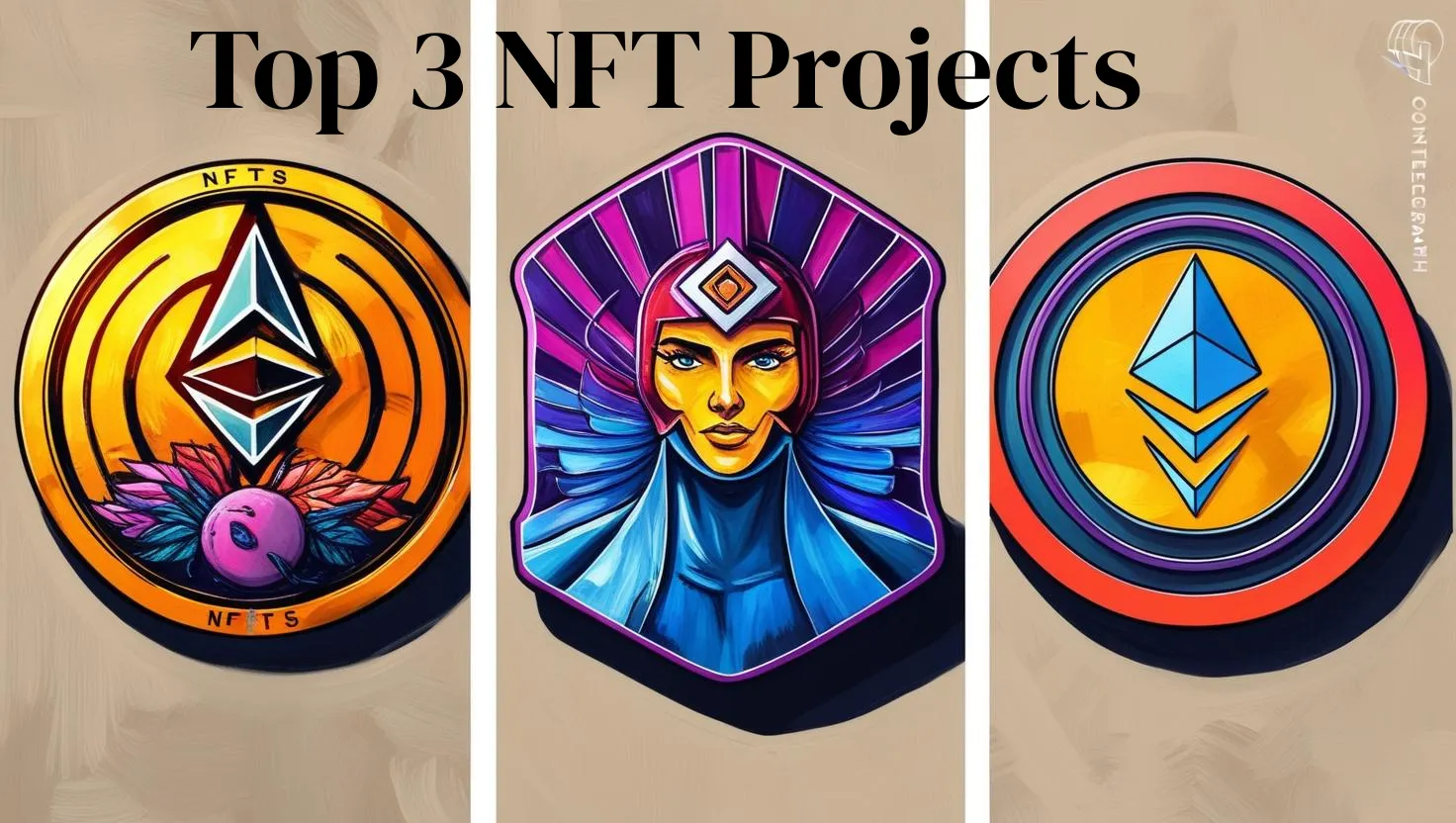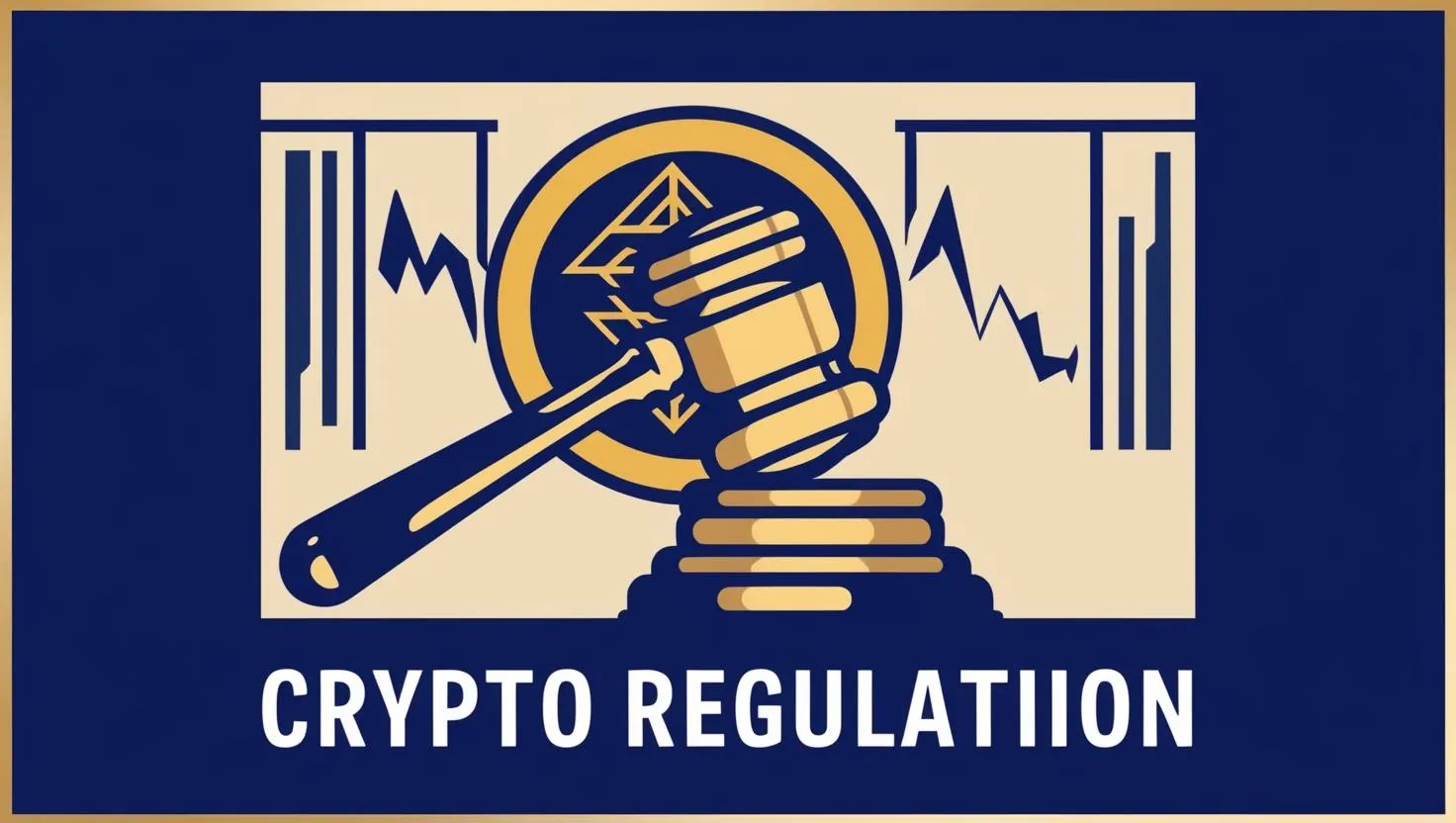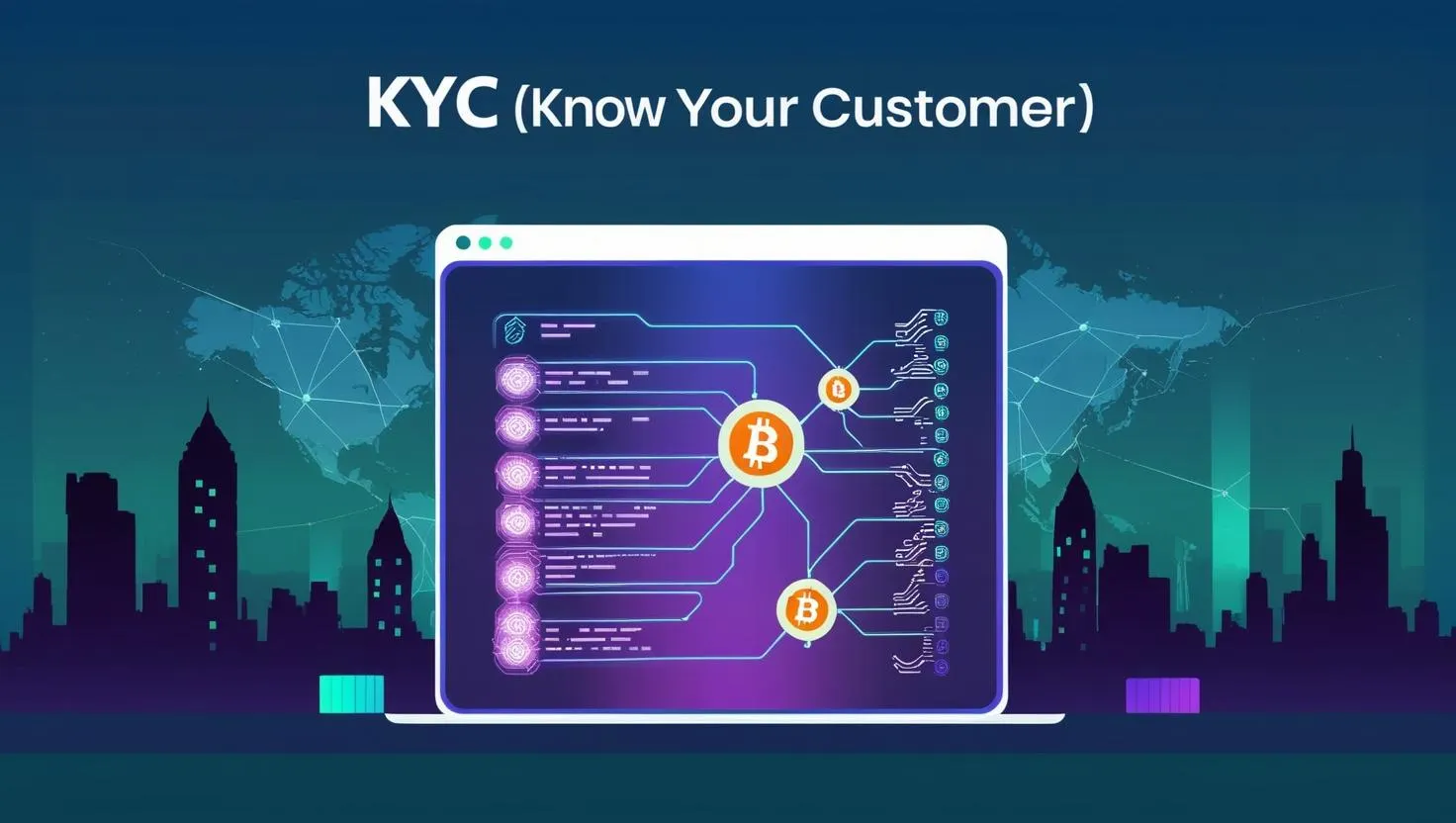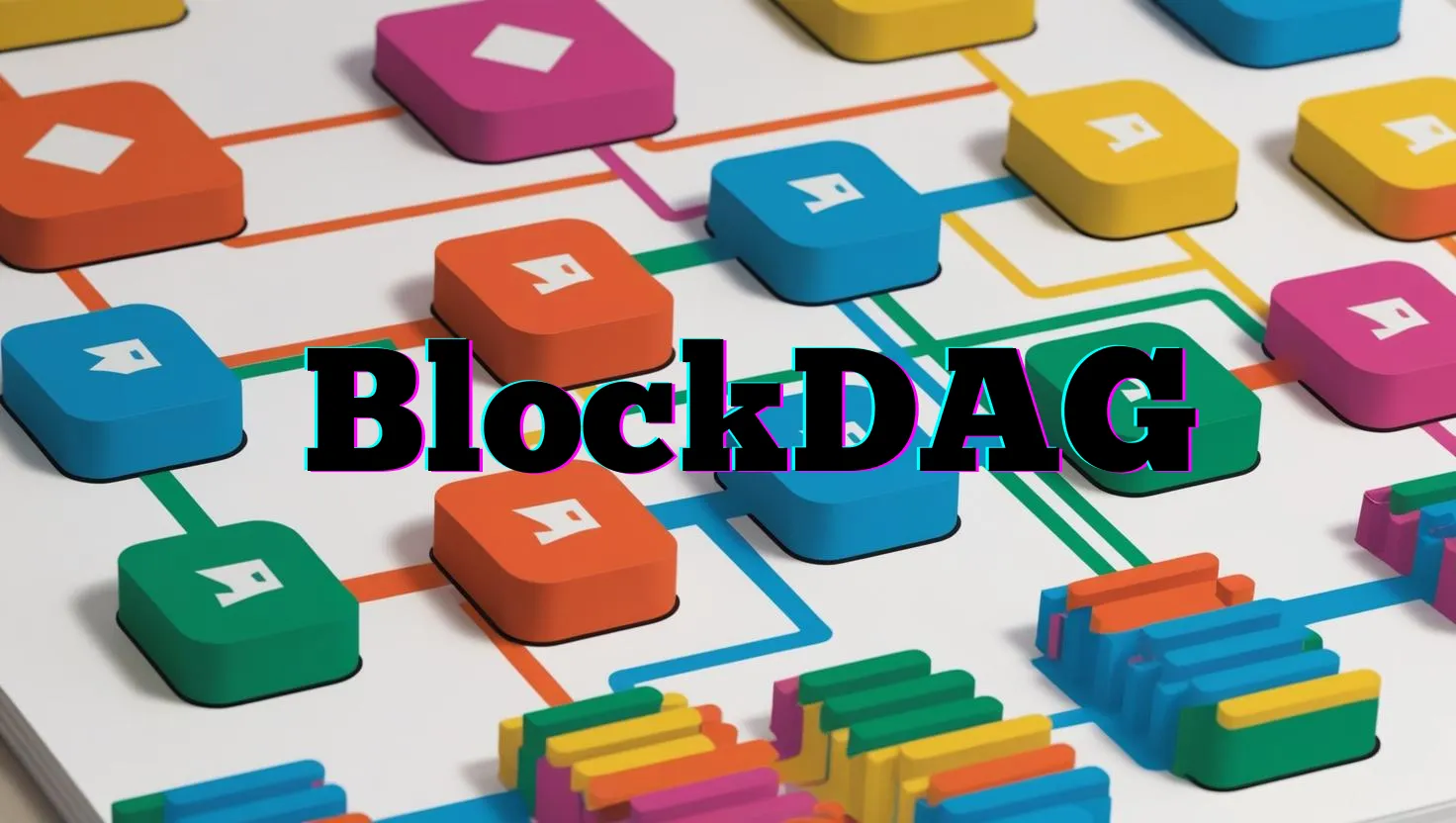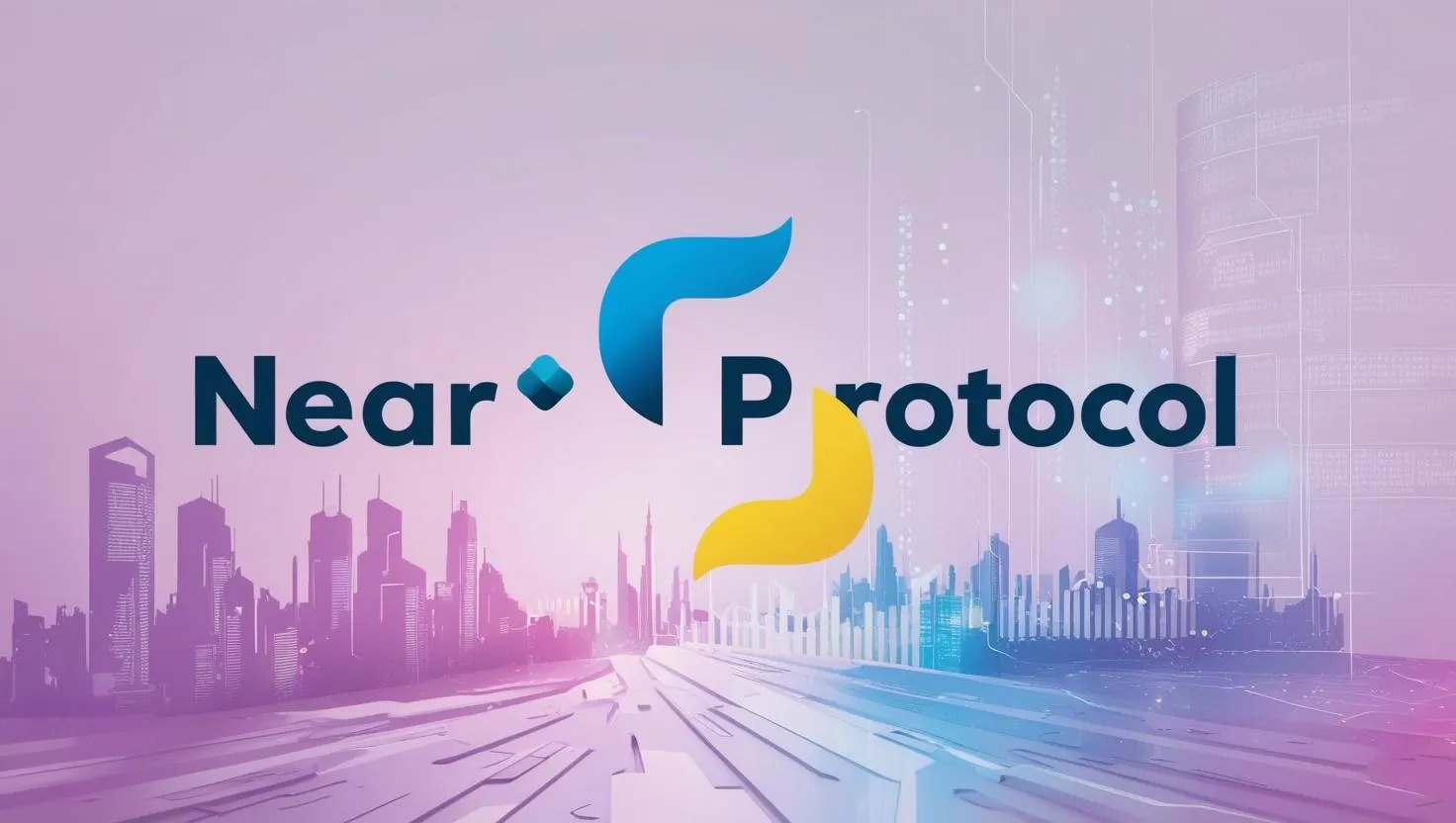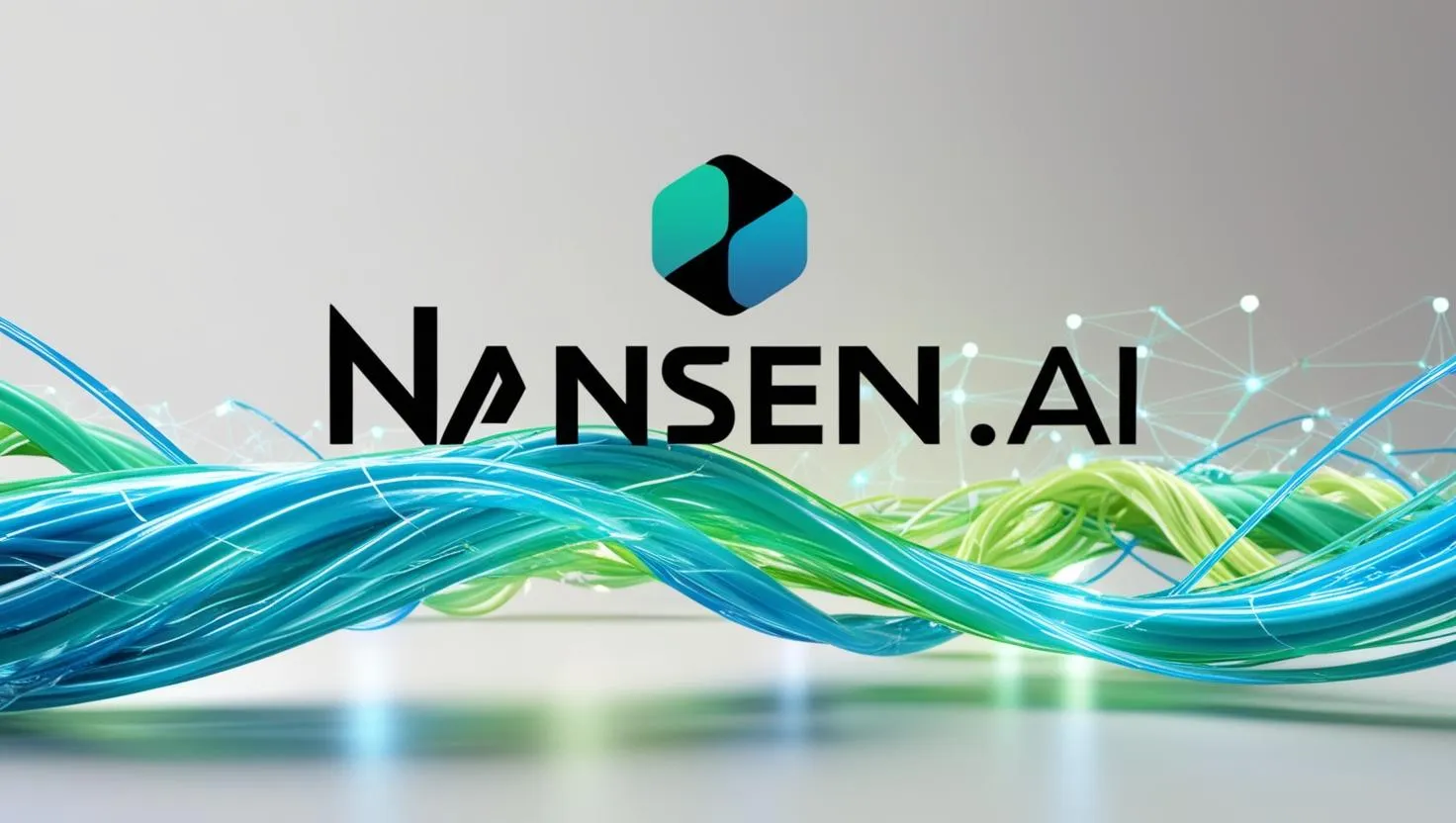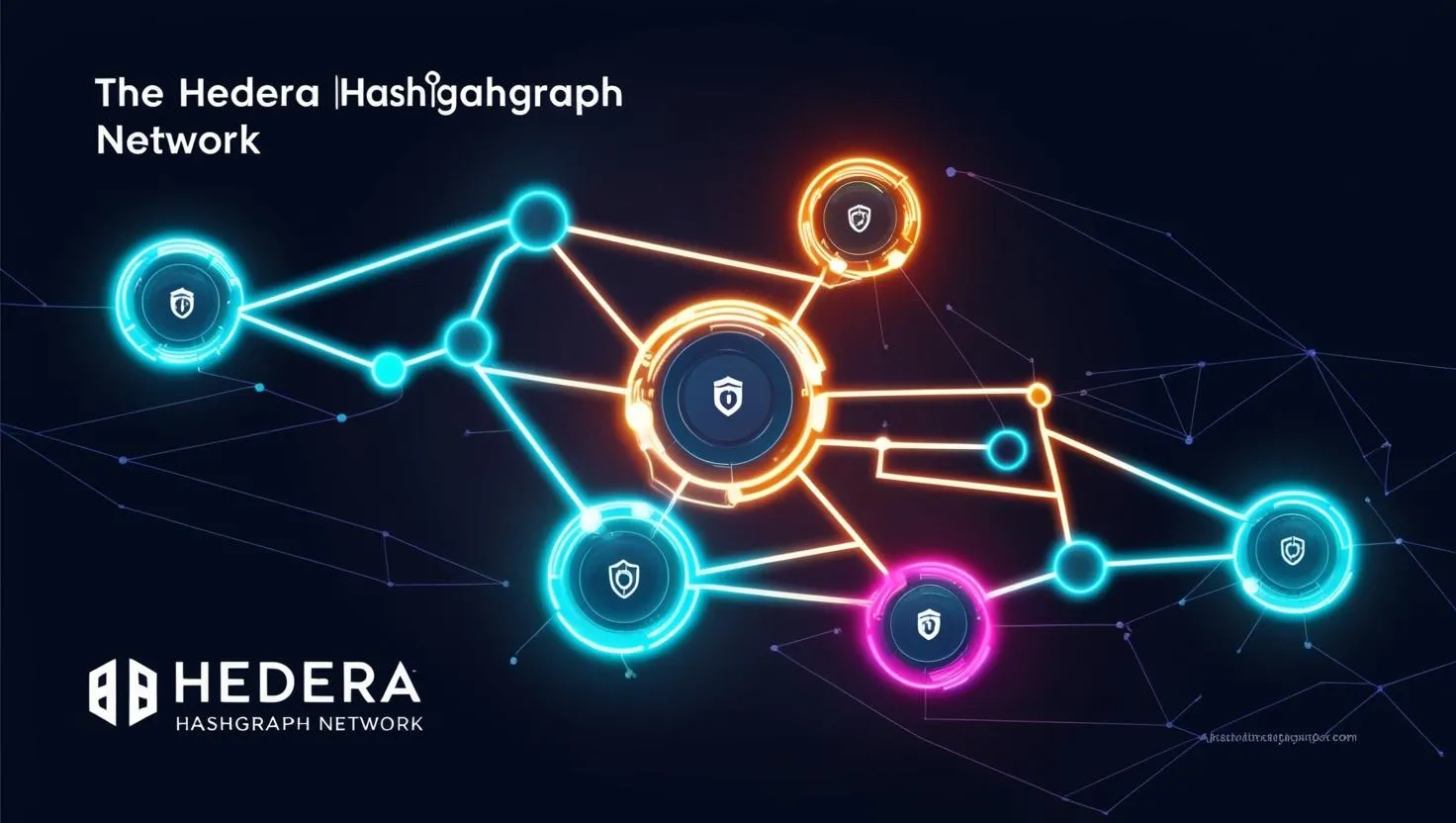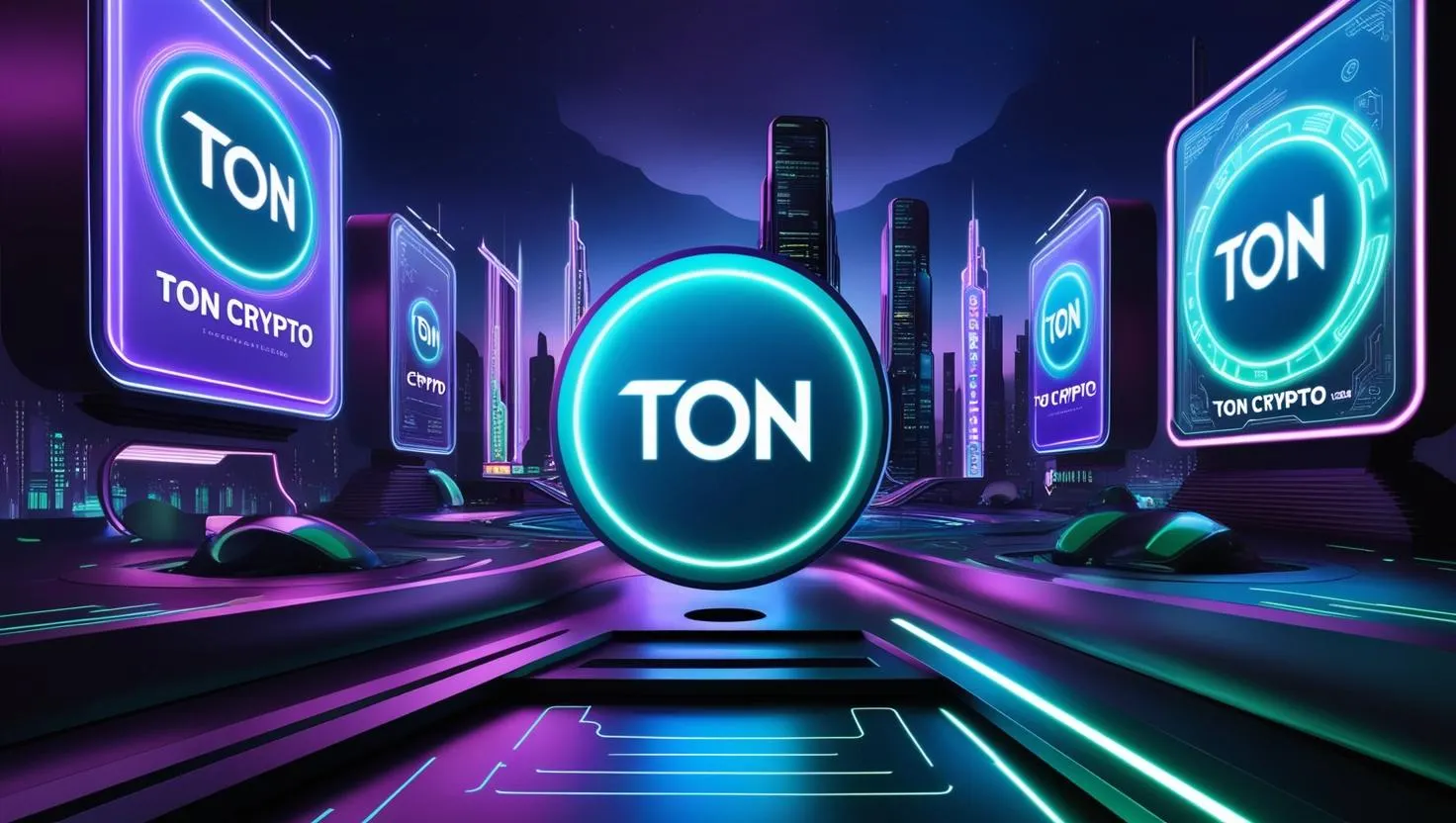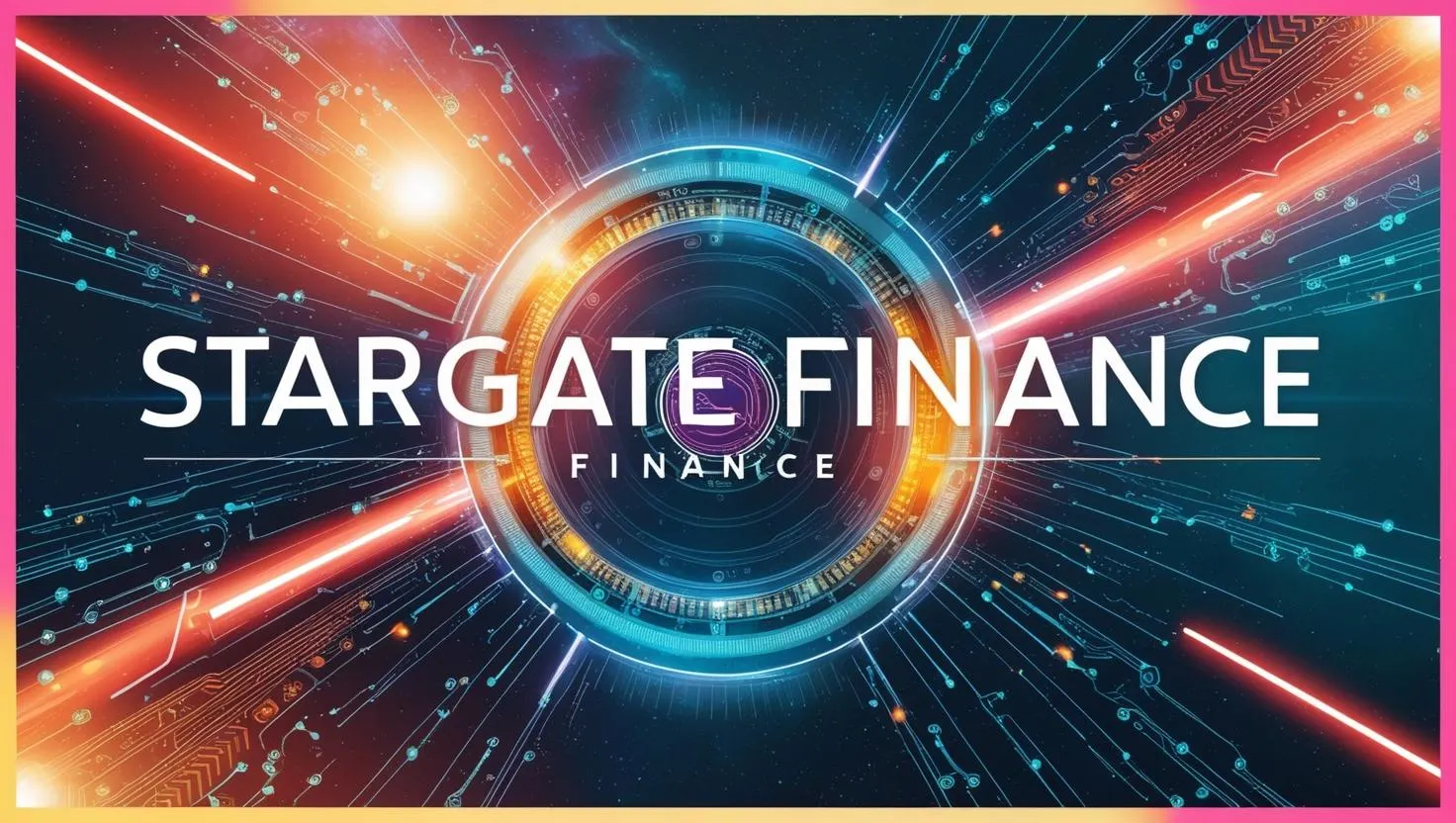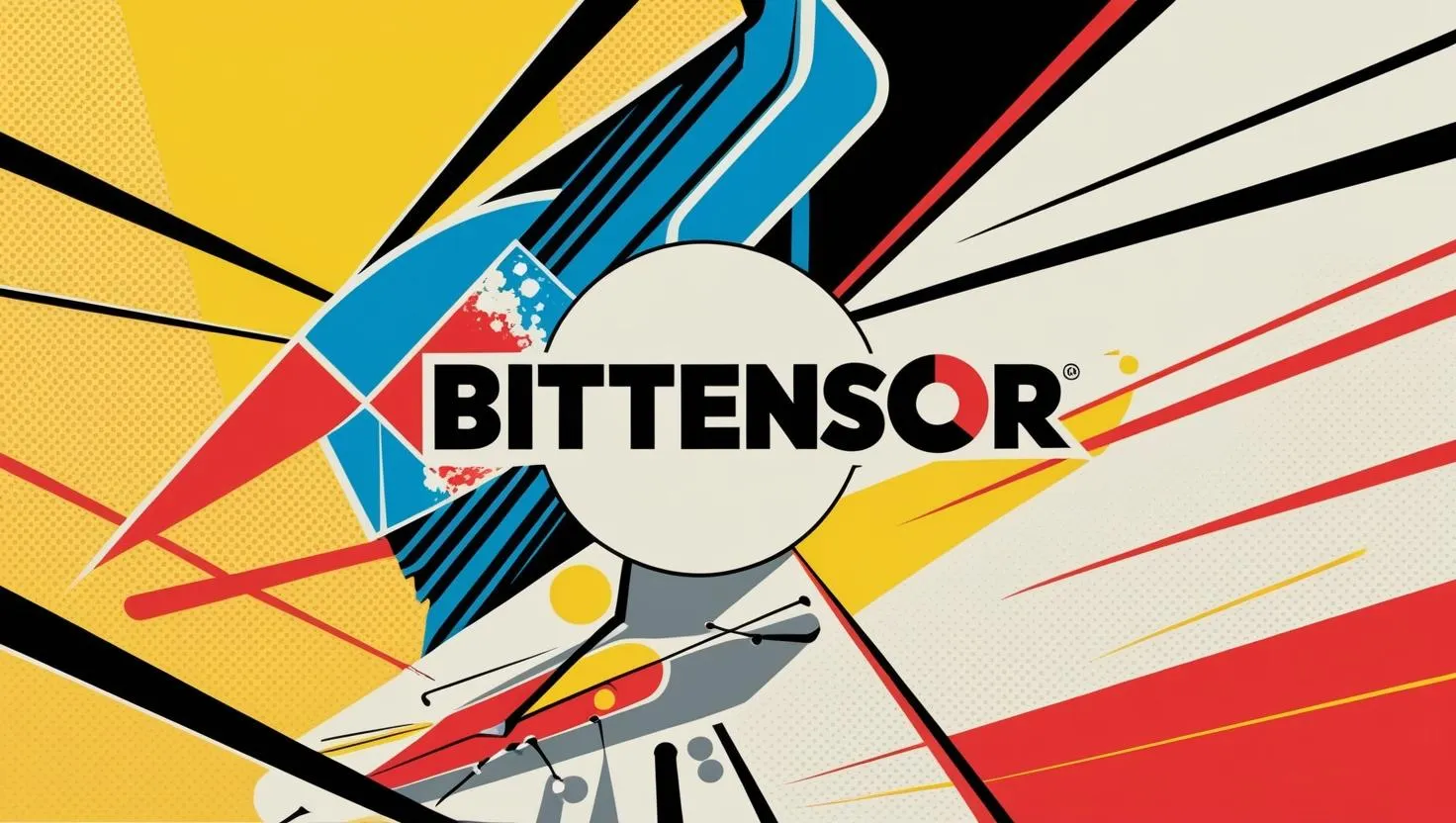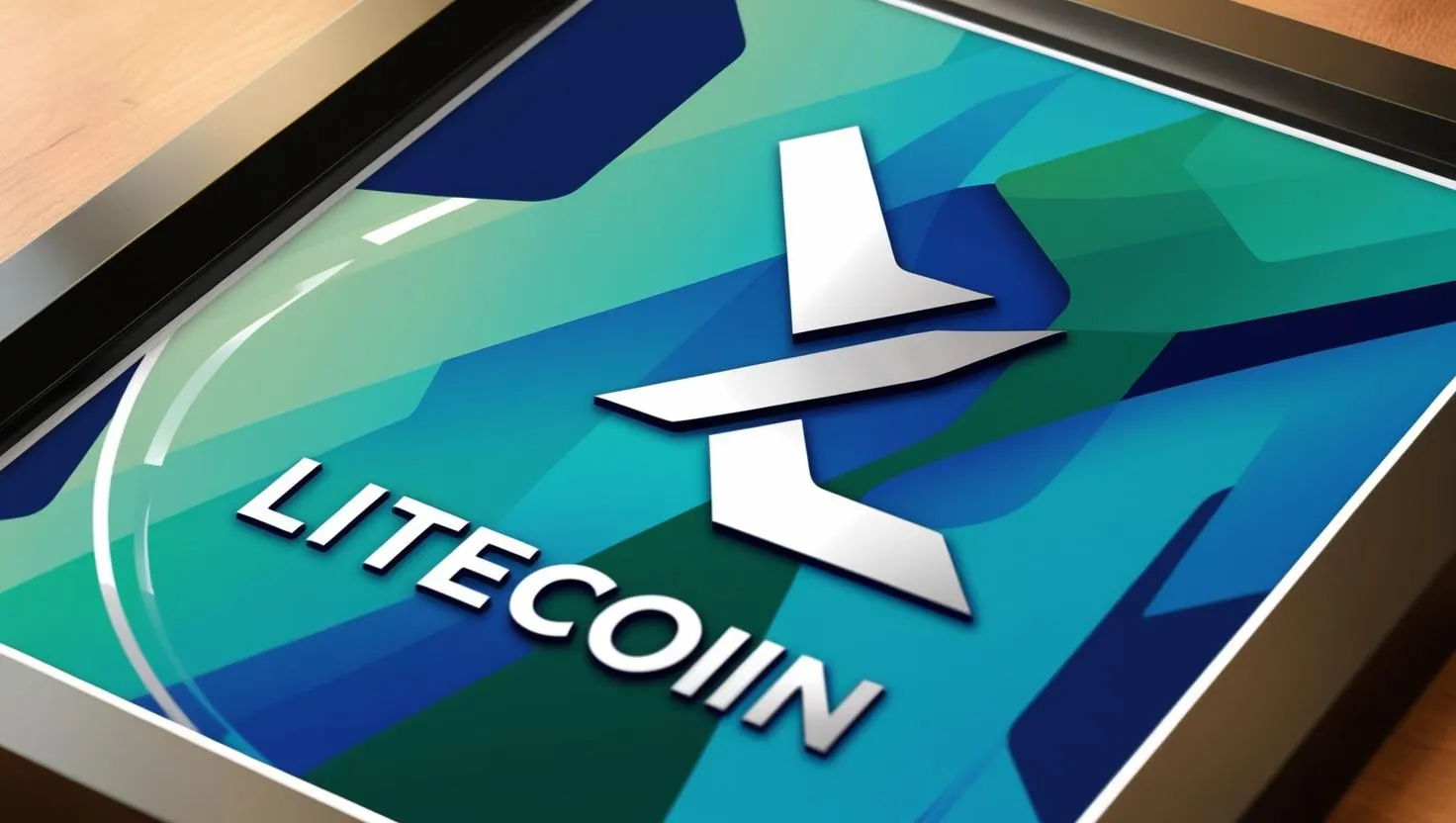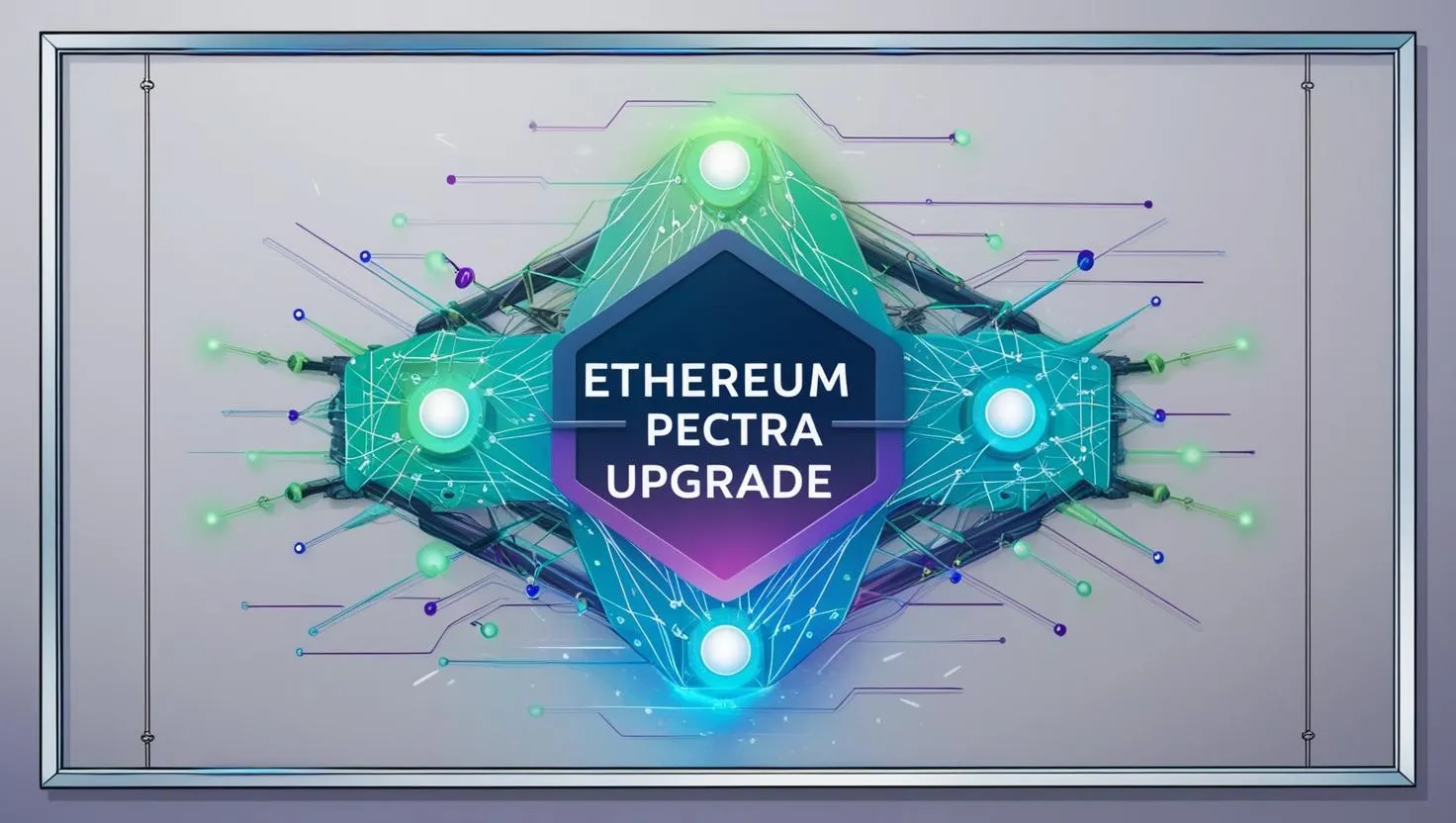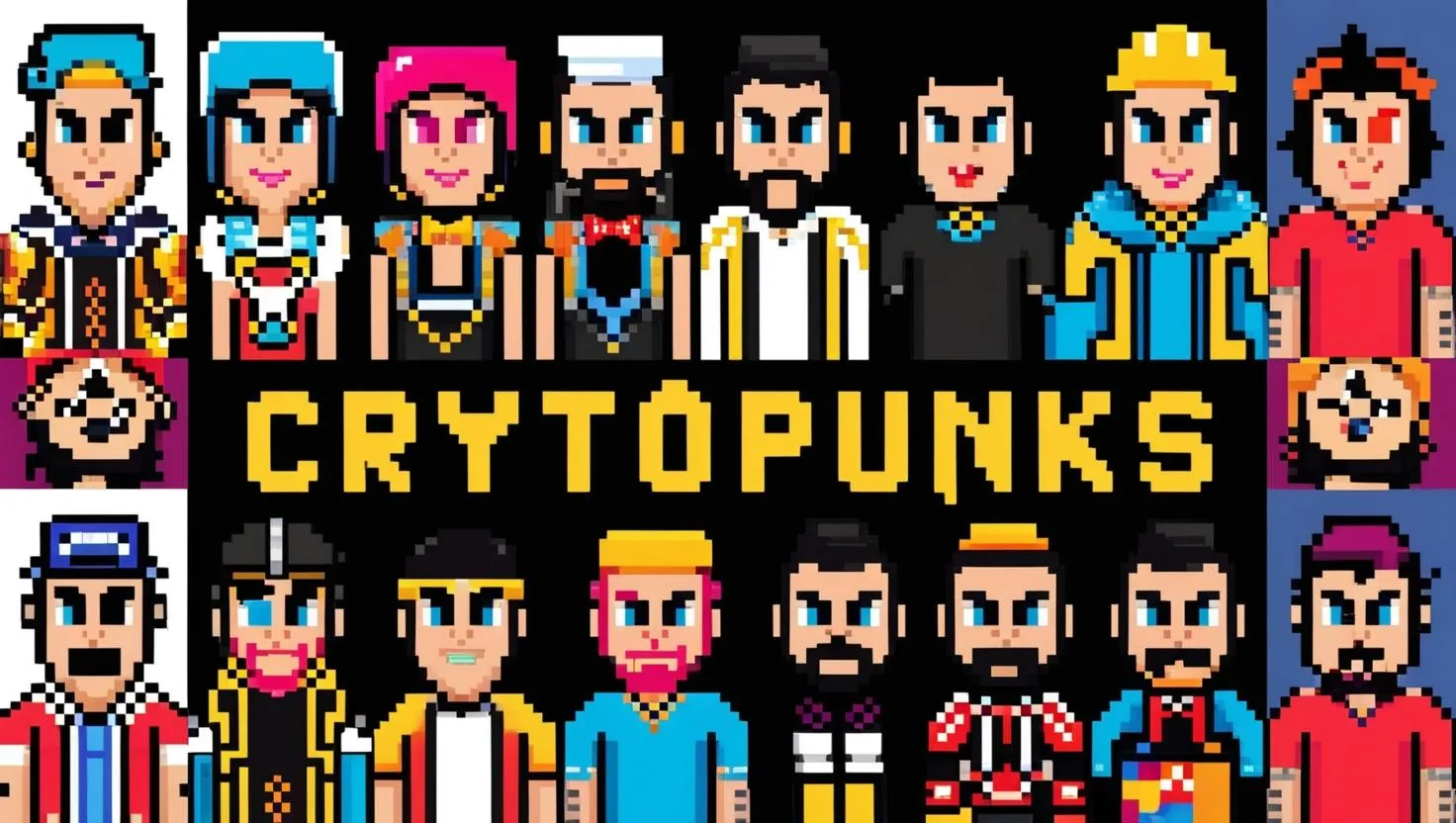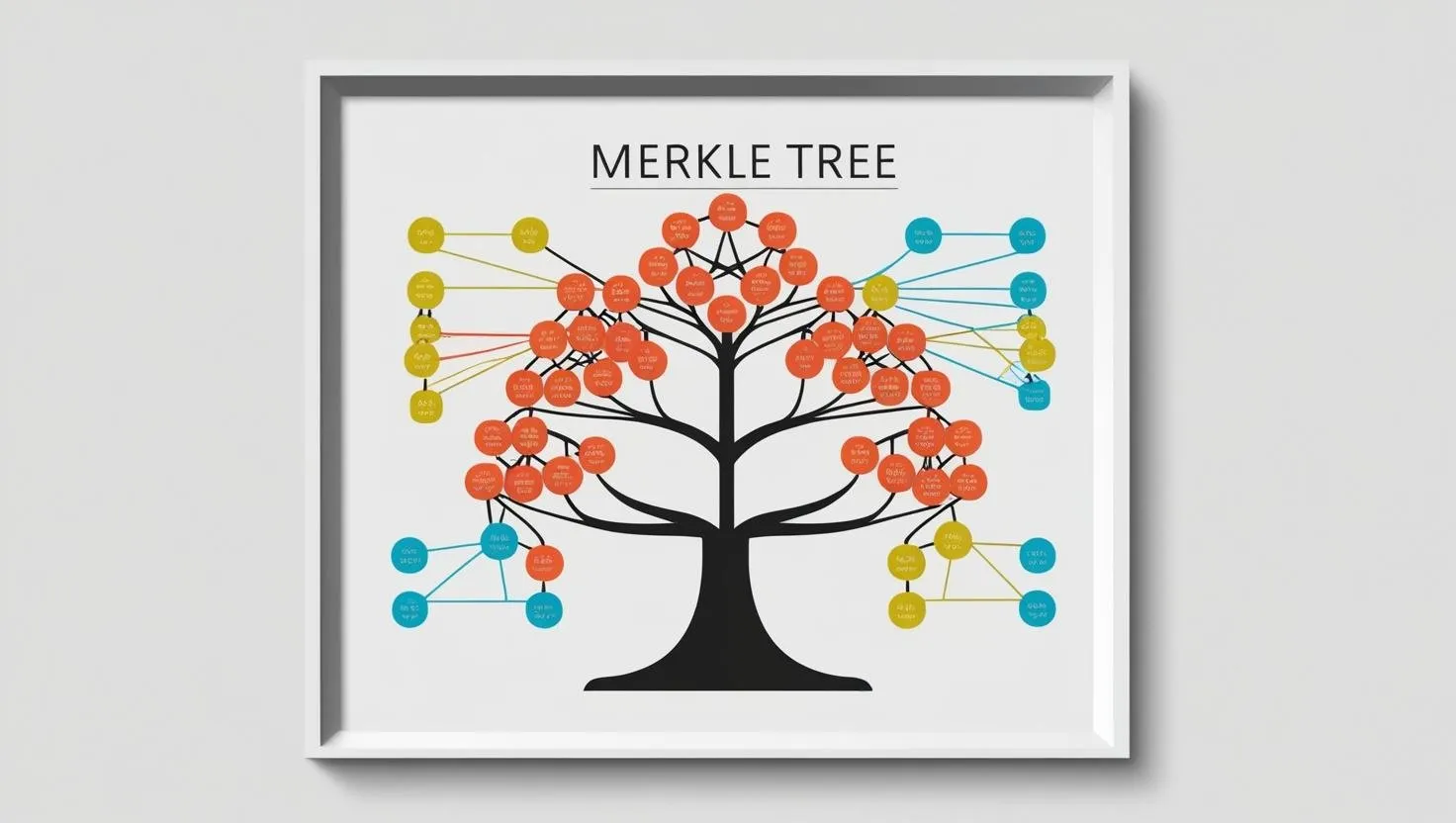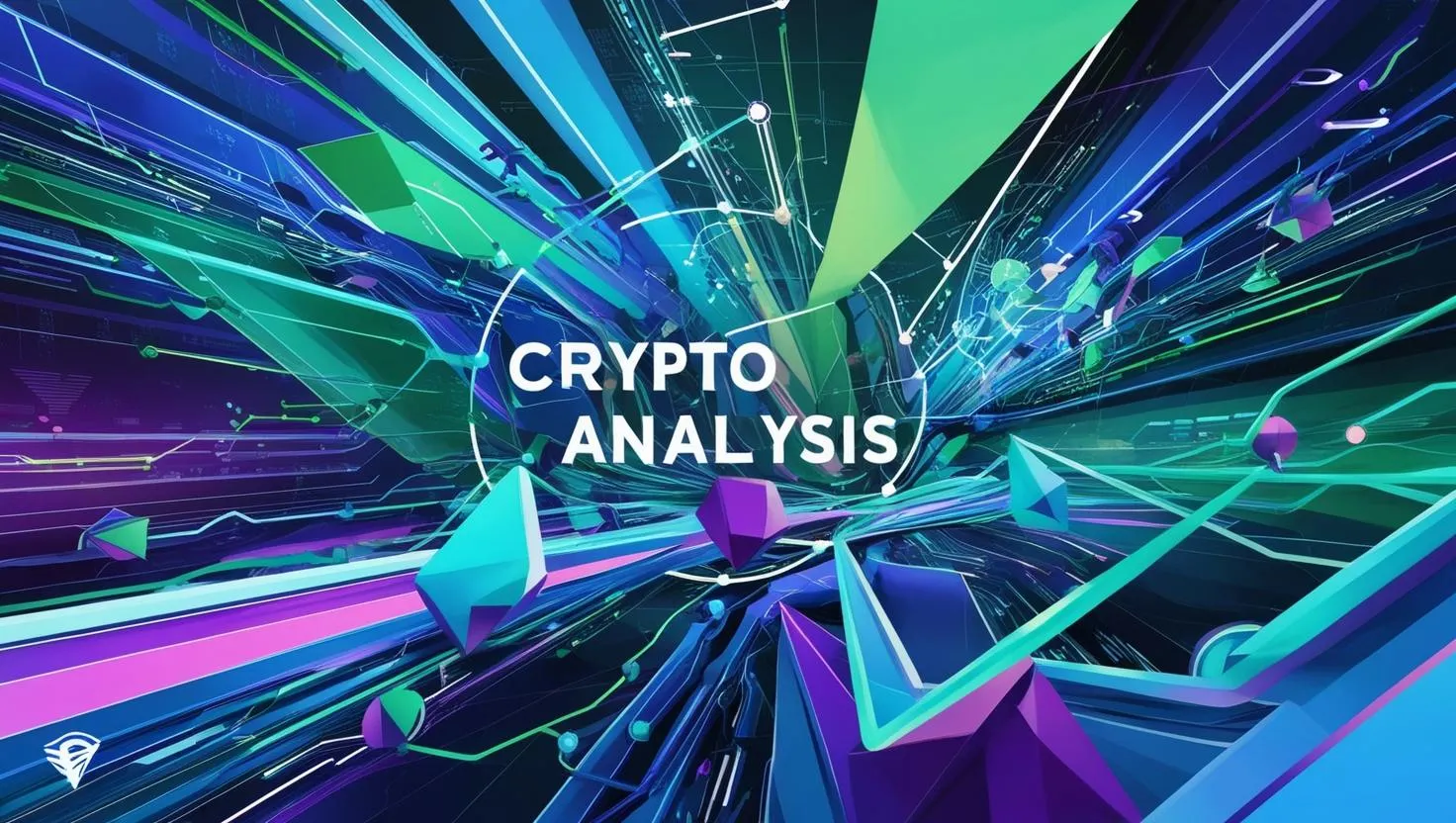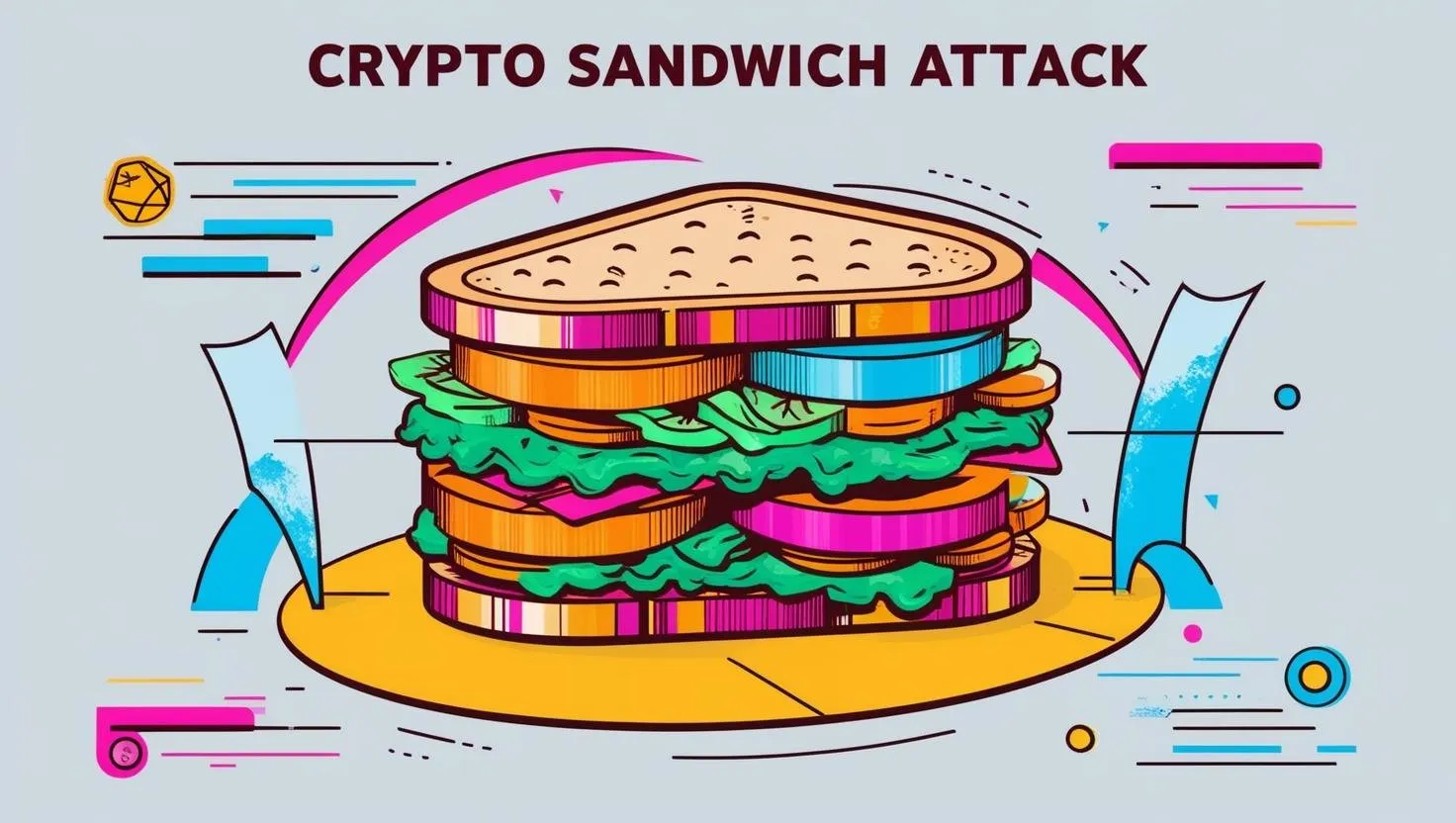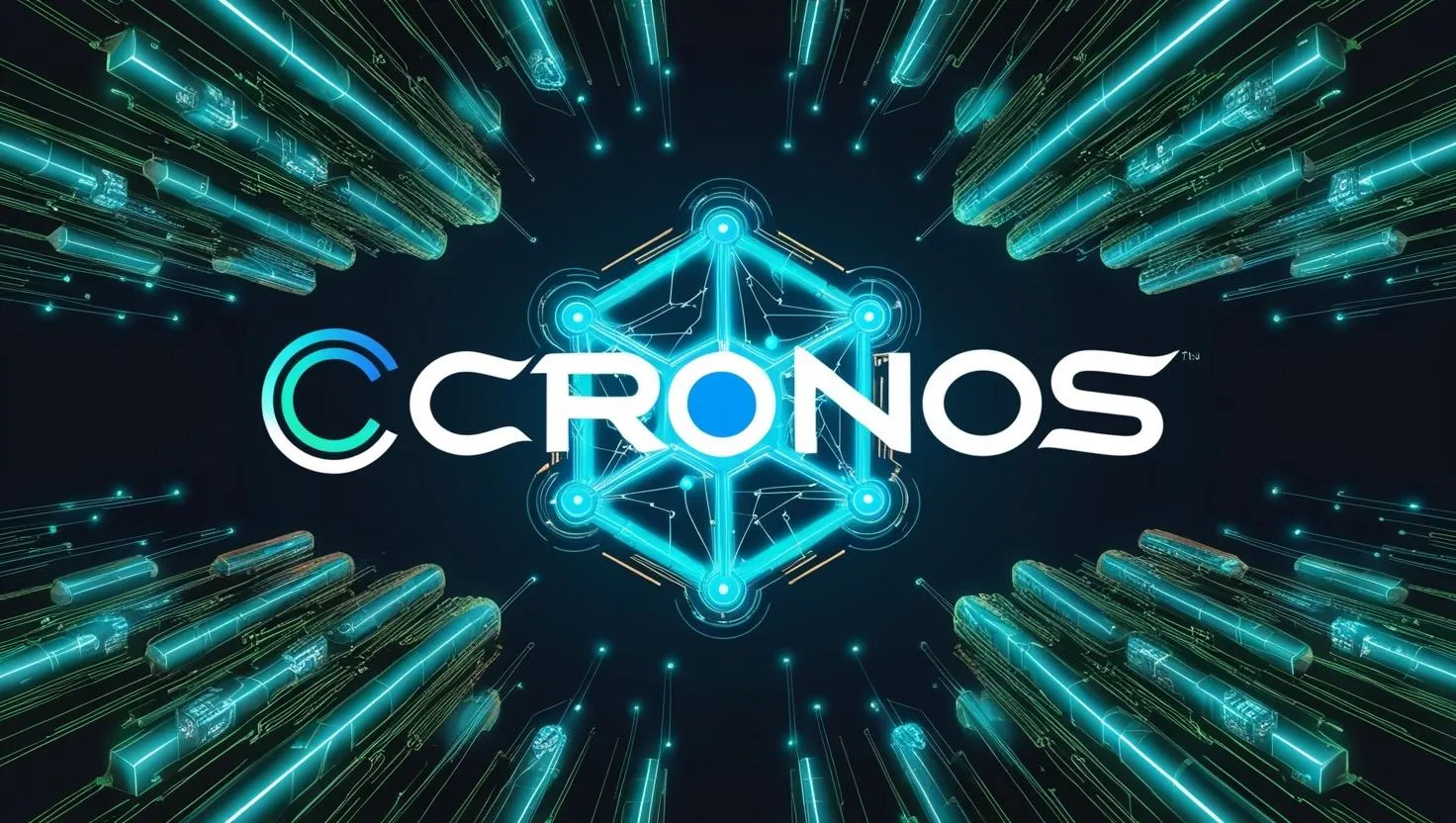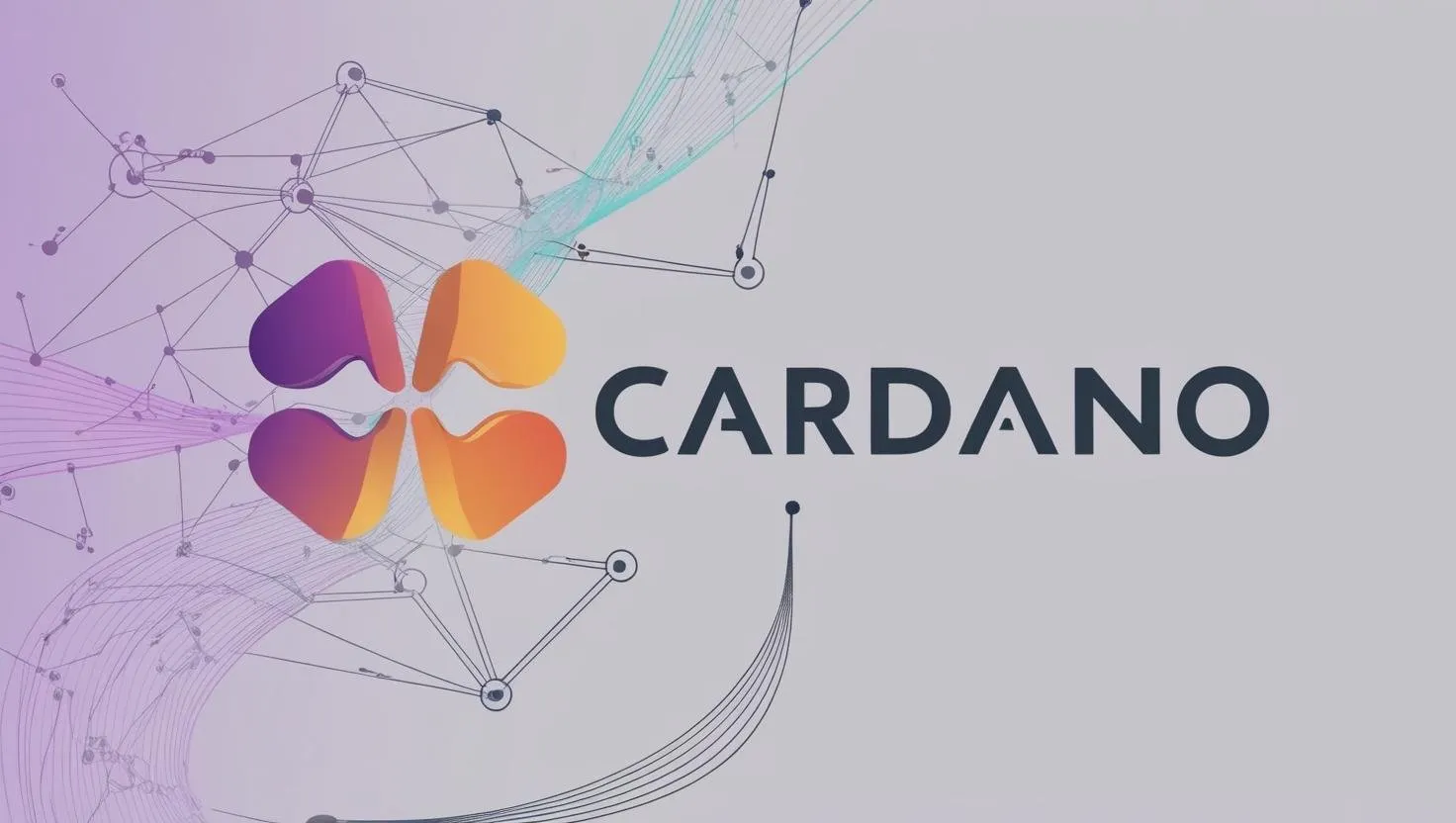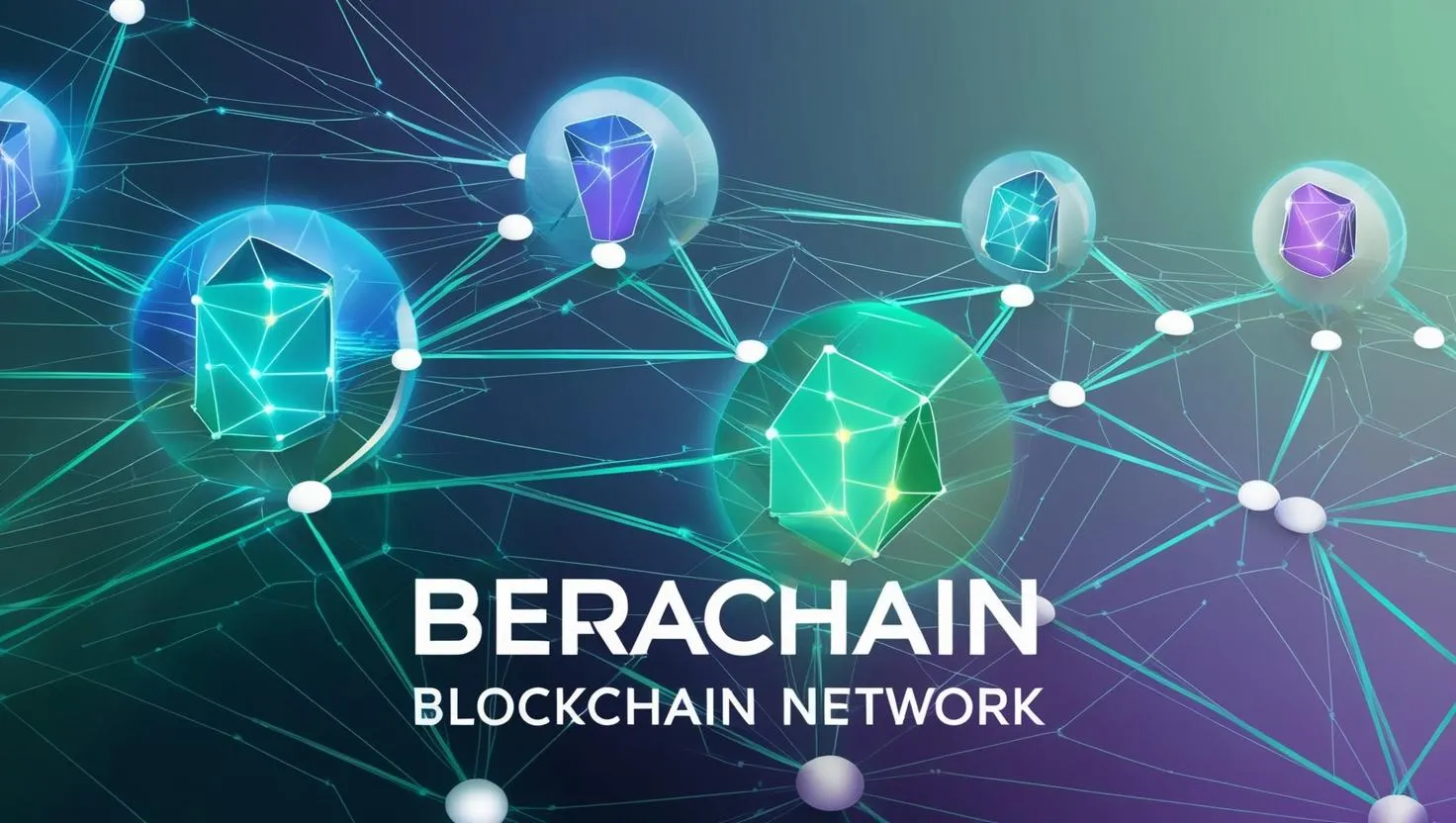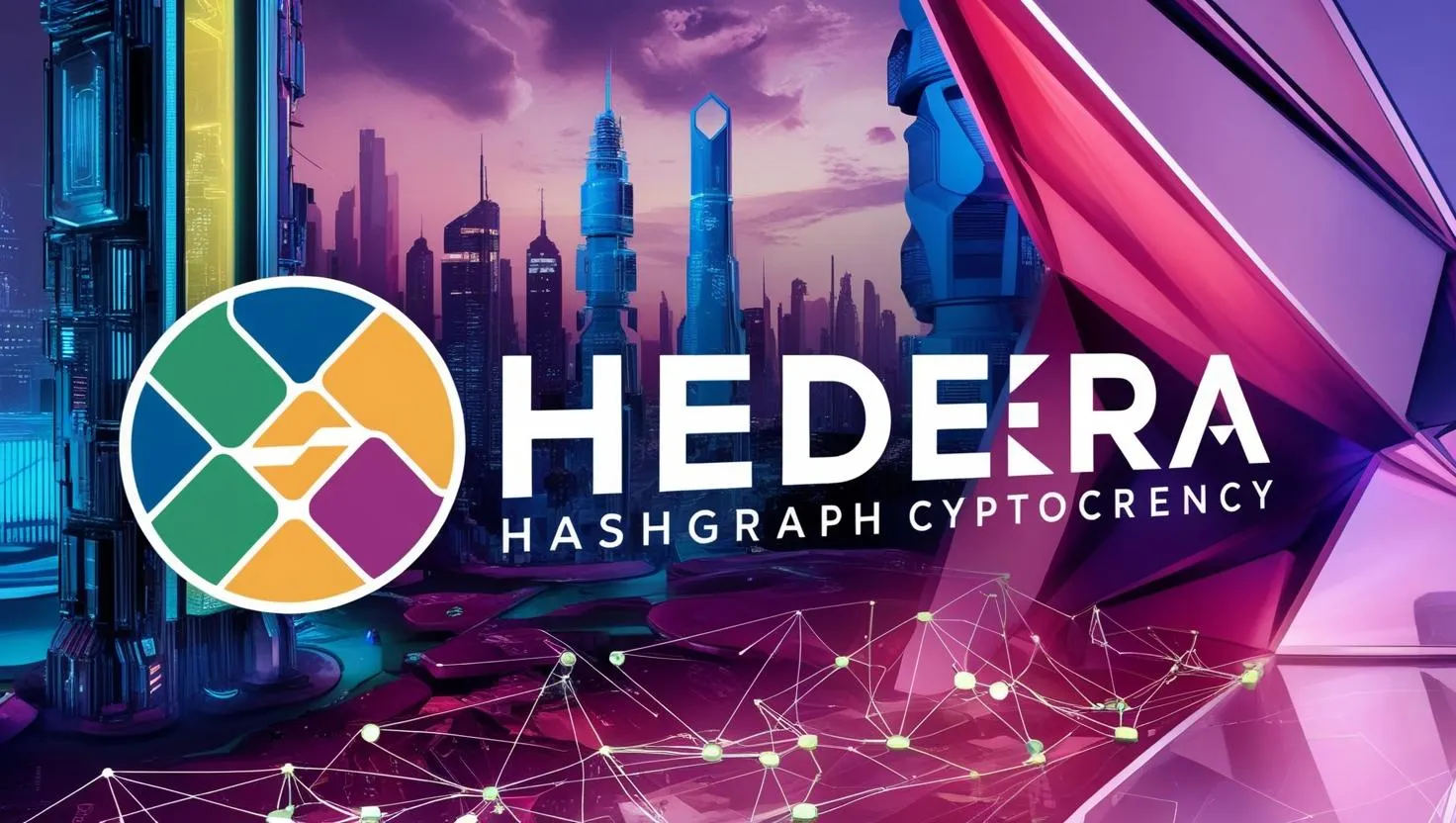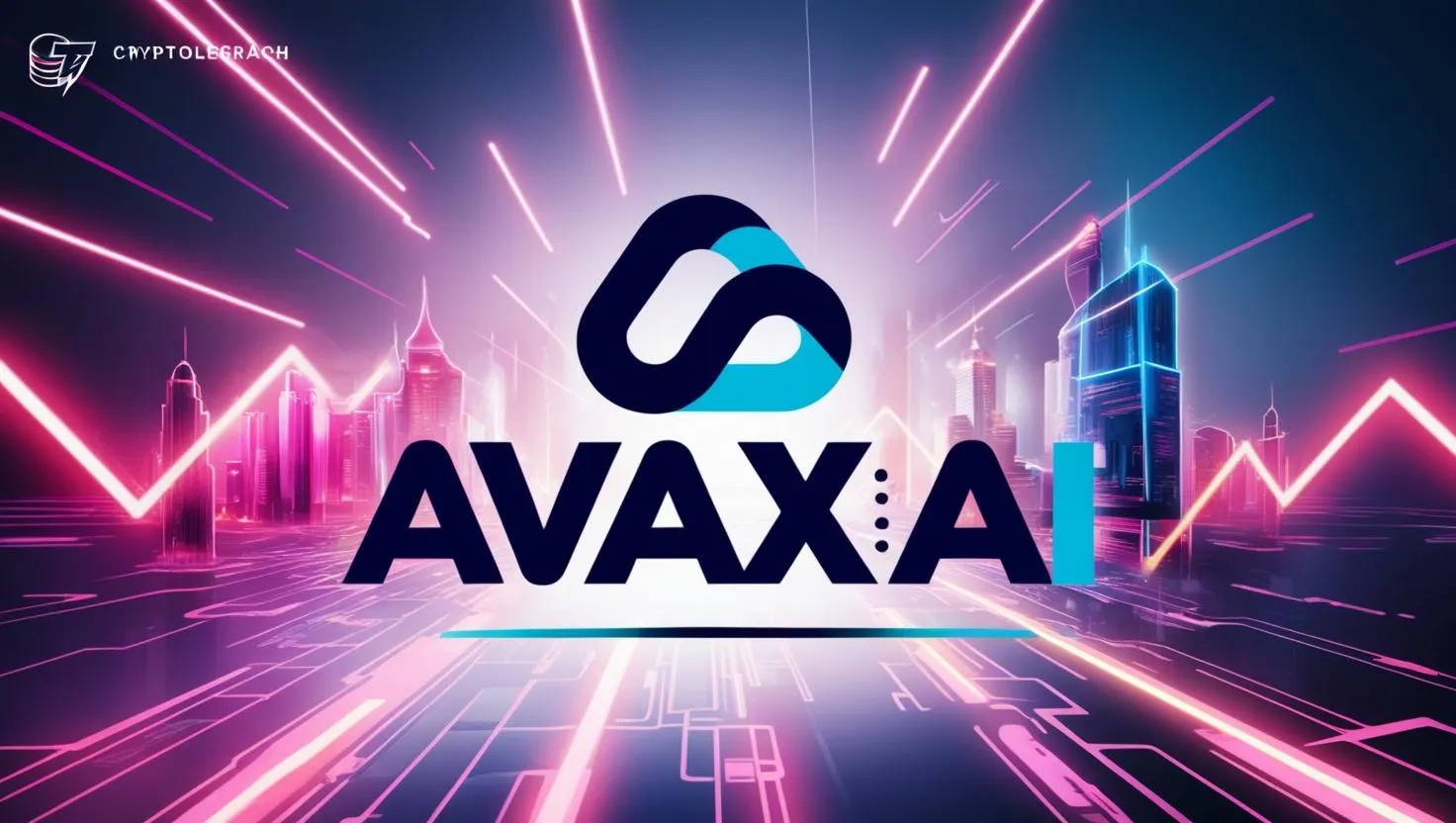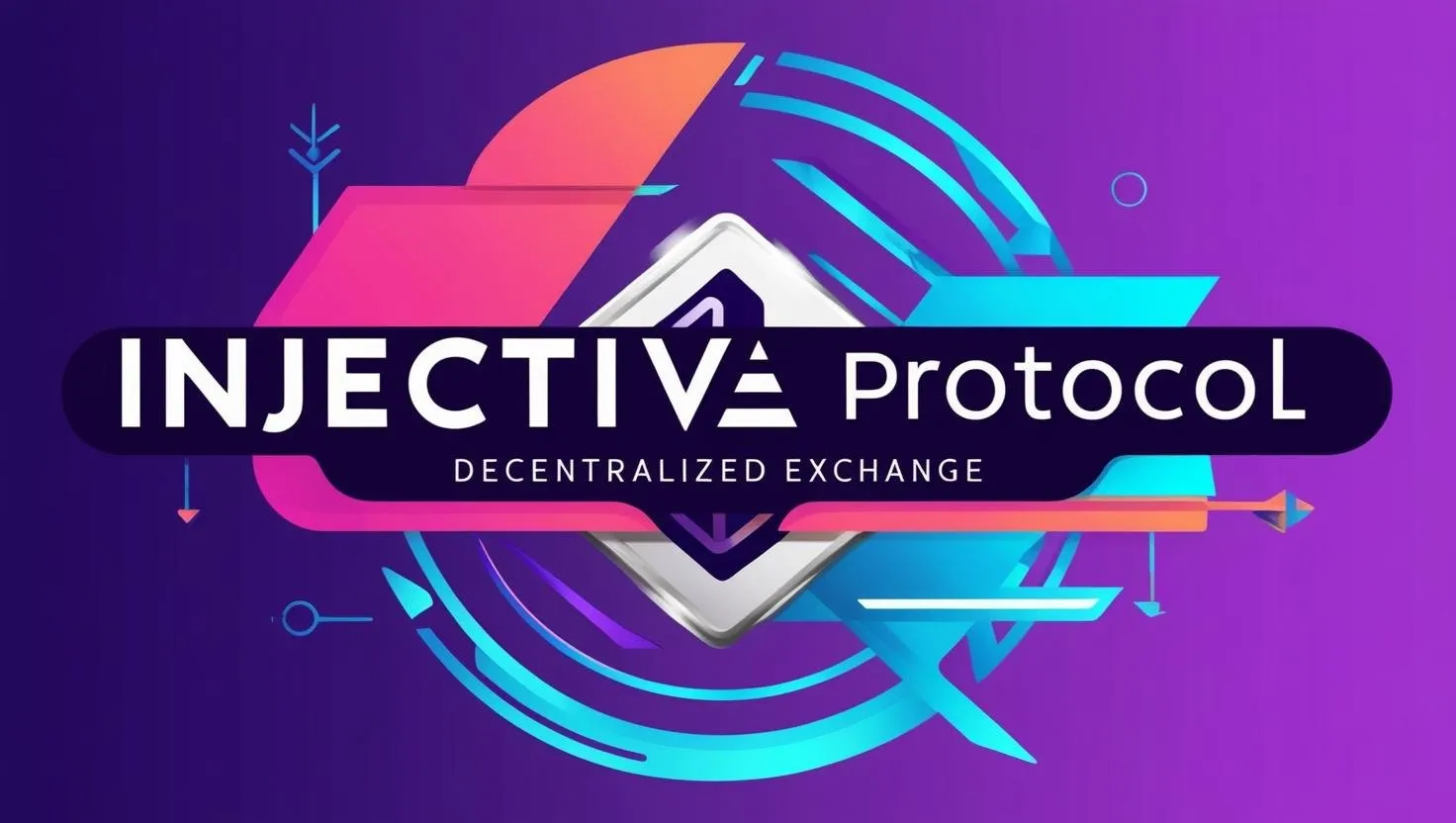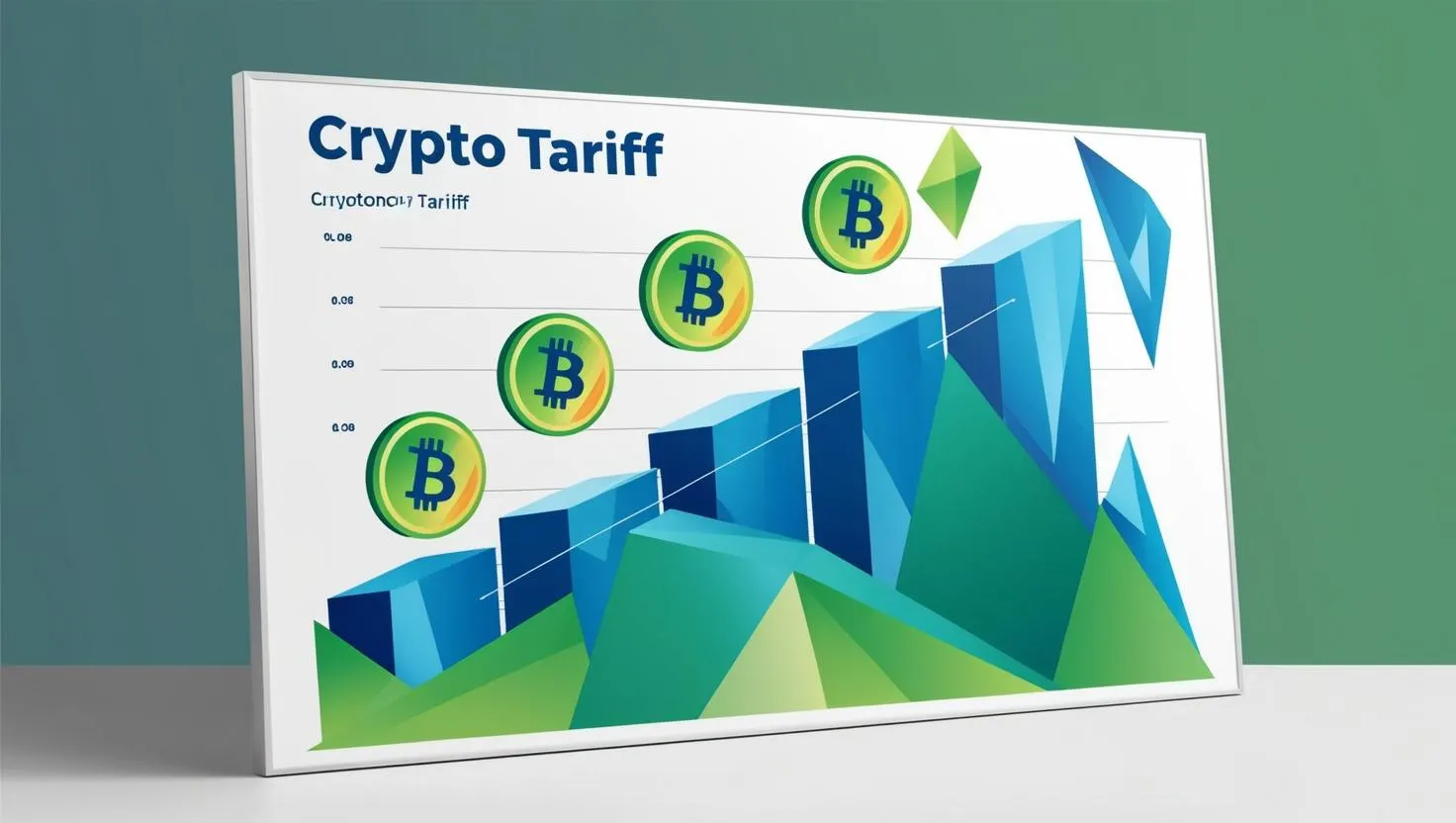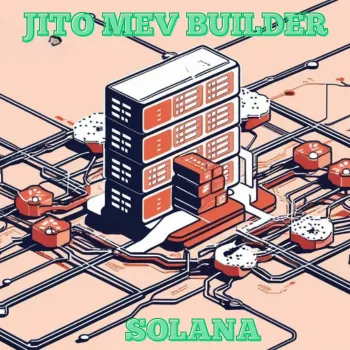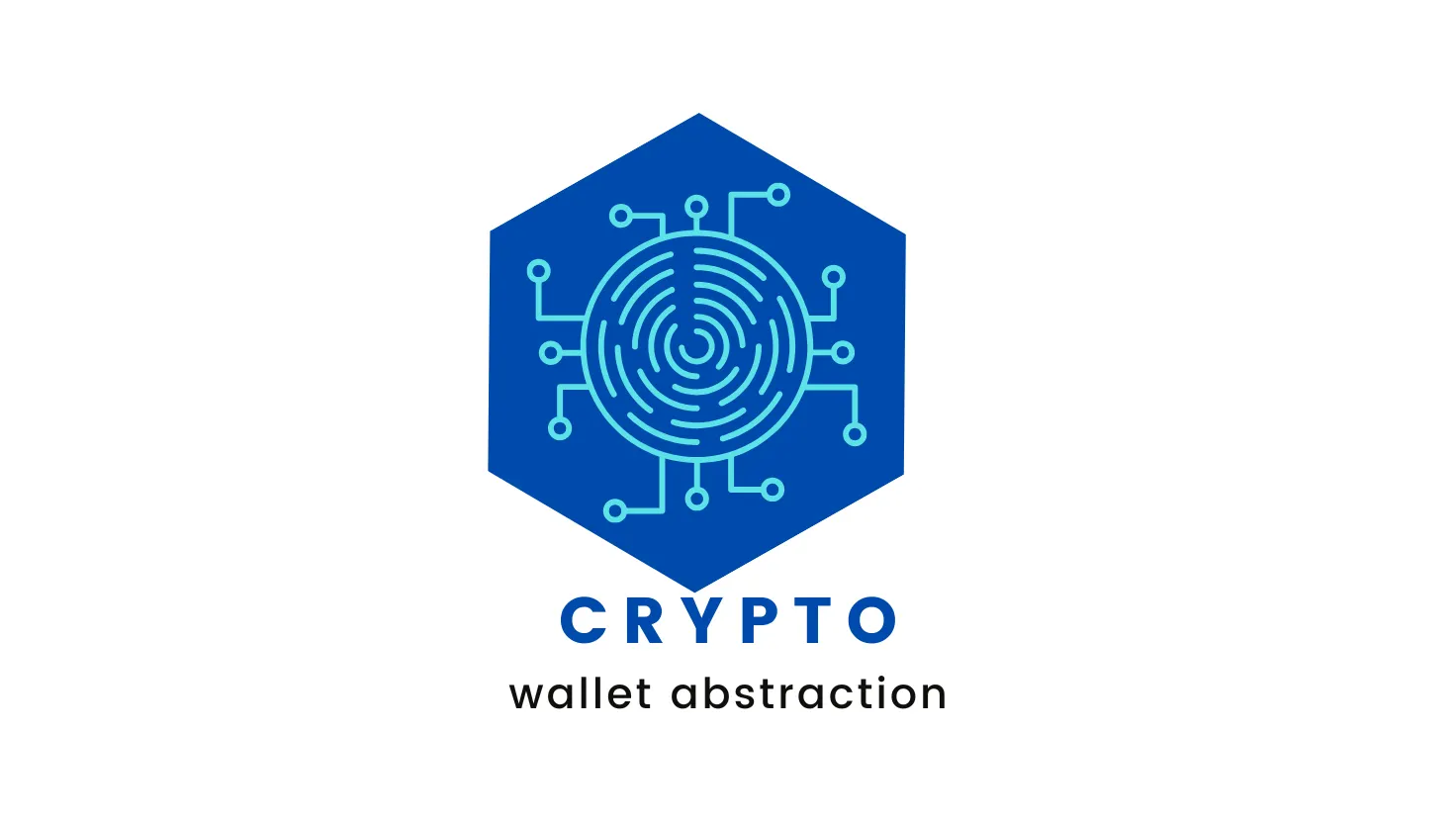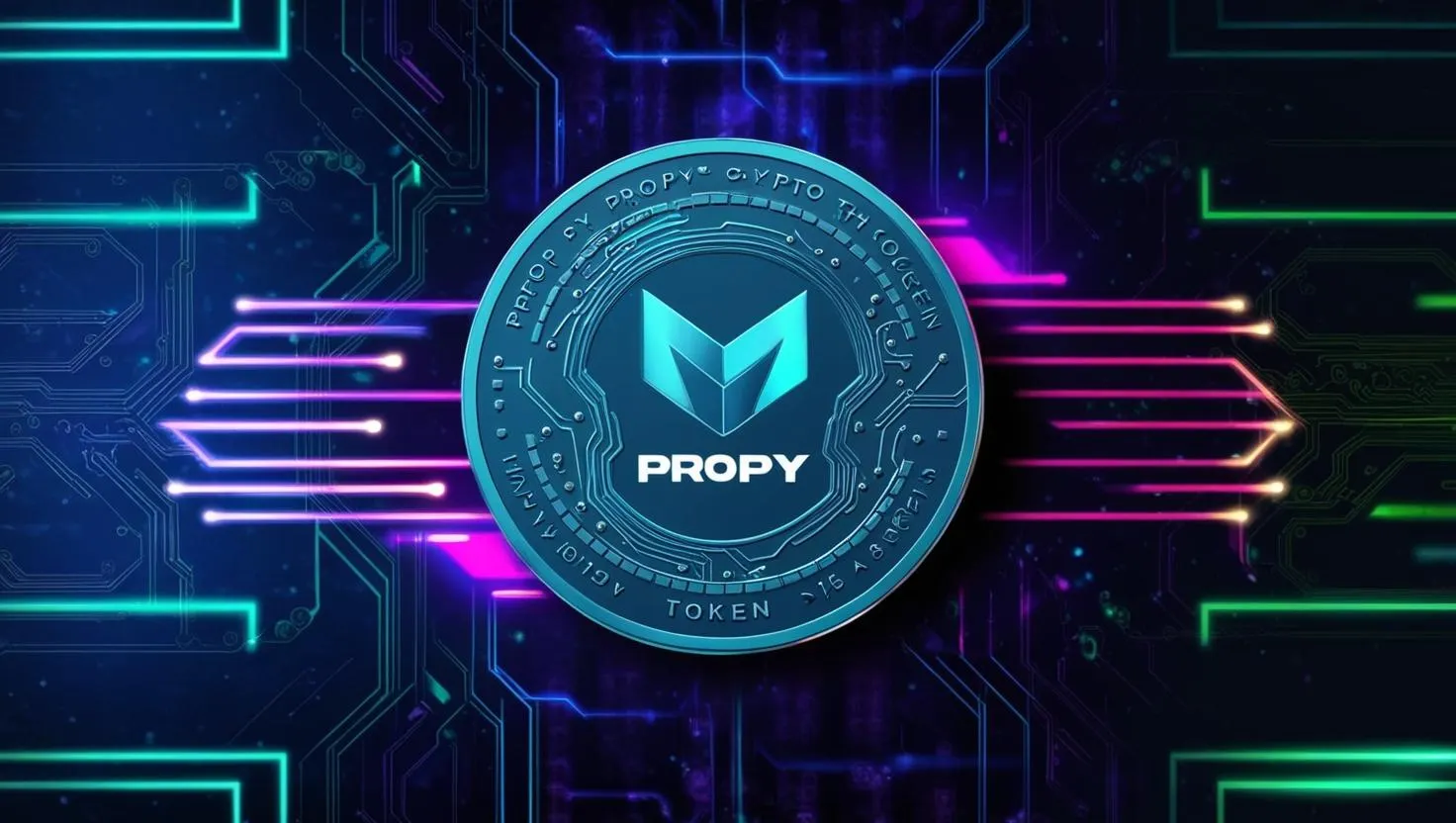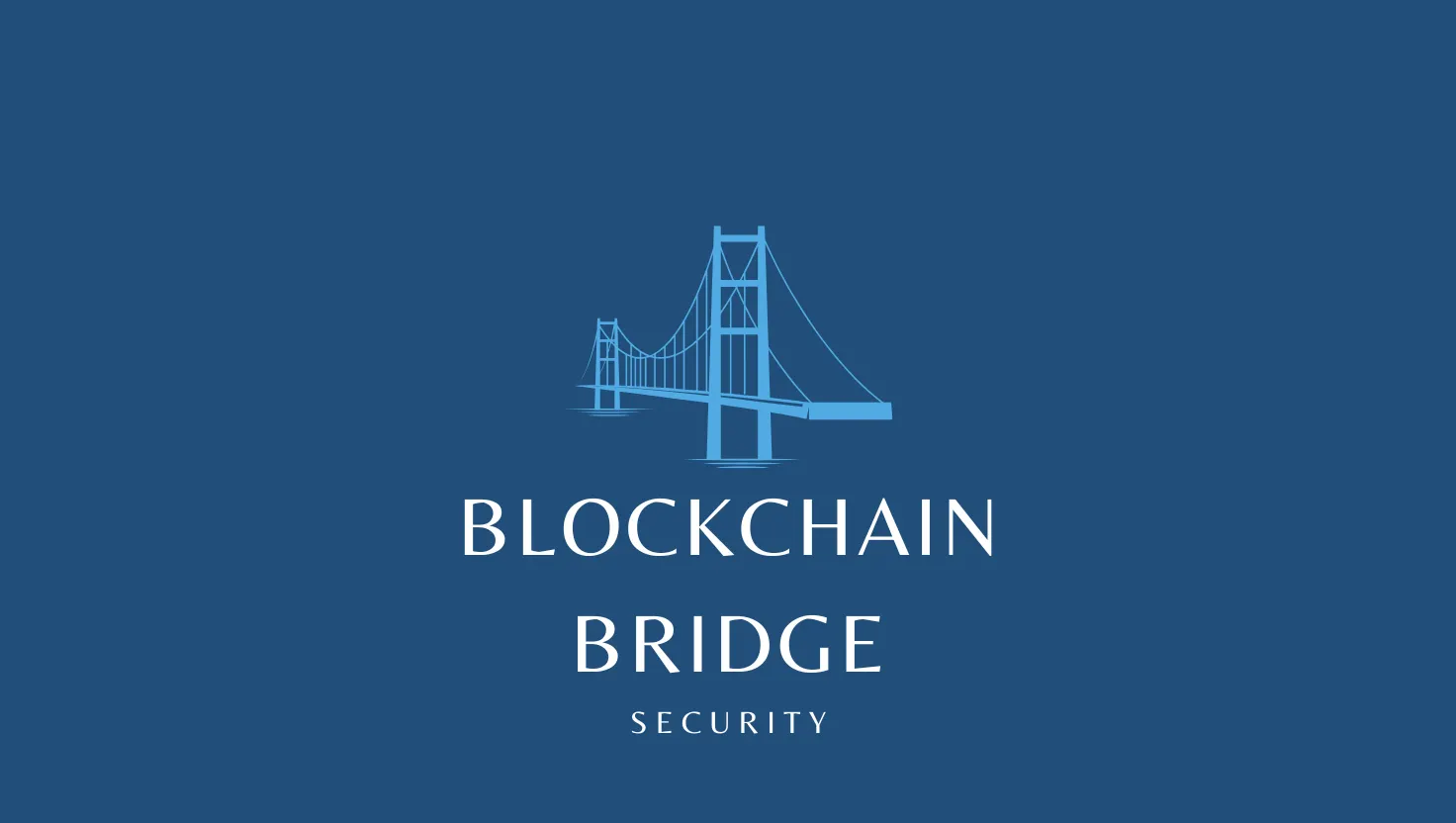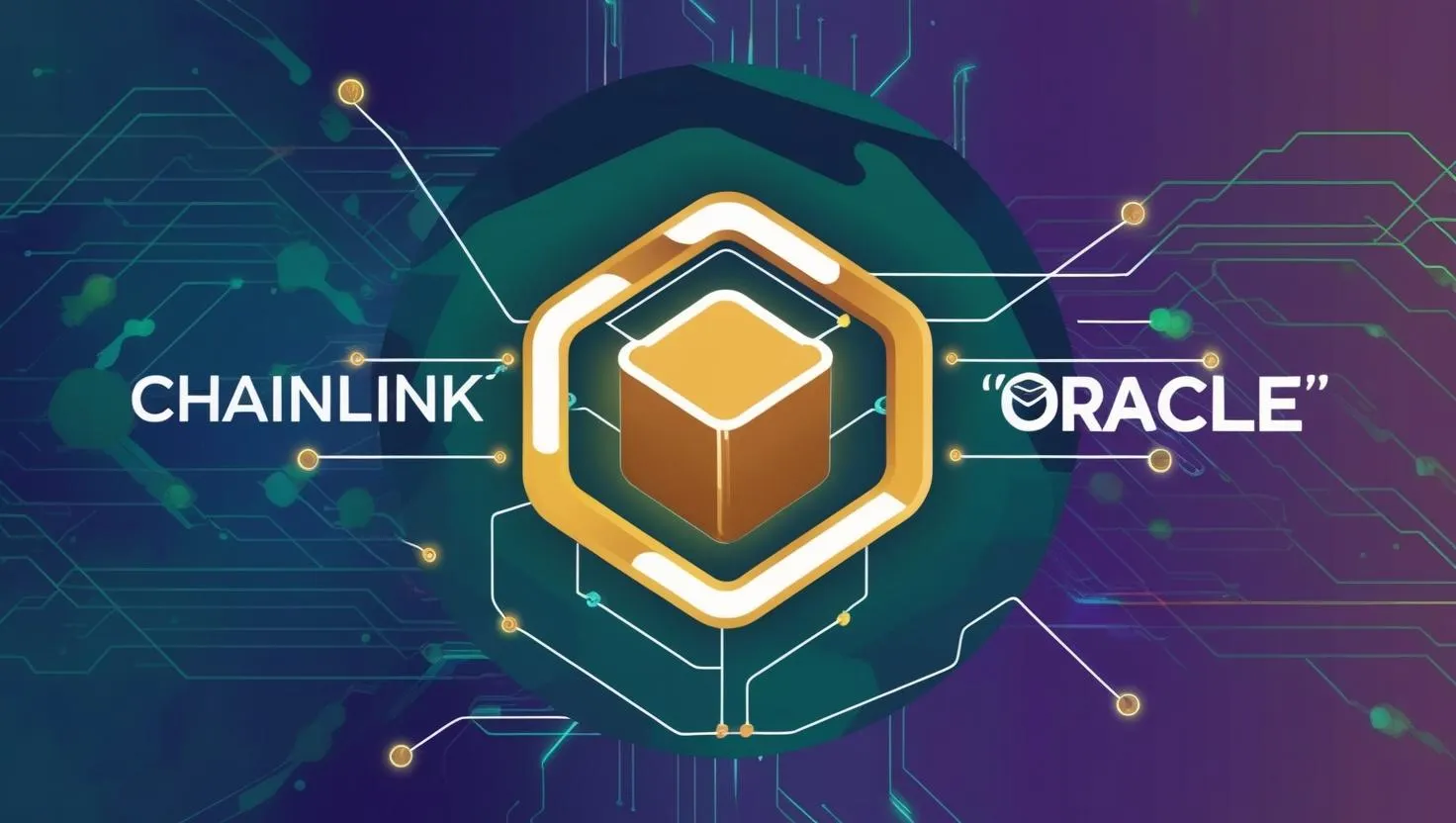Unlocking DeFi: A Comprehensive Guide to Compound Finance for Crypto Investors
Compound Finance is a leading decentralized finance (DeFi) protocol built on the Ethereum blockchain that allows users to lend and borrow cryptocurrencies in a trustless, permissionless manner. Launched in 2018 by Compound Labs, it’s one of the pioneers in DeFi, enabling users to earn interest on their crypto assets or borrow against them without intermediaries like banks.
What is Compound Finance?
Compound is an open-source protocol that creates money markets for crypto assets. These markets are pools of tokens where users can:
- Lend their assets to earn interest.
- Borrow assets by providing collateral.
Unlike traditional finance, Compound operates without middlemen, relying on smart contracts to automate lending and borrowing. Interest rates are determined algorithmically based on supply and demand, making it a dynamic and transparent system.
Compound supports a variety of Ethereum-based assets, including Ether (ETH), Wrapped Bitcoin (WBTC), Tether (USDT), Dai (DAI), and others. Each asset has its own market, with unique supply and demand dynamics dictating interest rates.
How Does Compound Work?
Compound’s core functionality revolves around liquidity pools, smart contracts, and its native token, COMP. Here’s a detailed breakdown of its mechanics:
- Lending on Compound
- Process: Users deposit crypto assets into Compound’s liquidity pools. In return, they receive cTokens, which represent their share of the pool and accrue interest over time. For example, depositing ETH yields cETH, and depositing DAI yields cDAI.
- cTokens: These are ERC-20 tokens that act like receipts for your deposit. As interest accumulates, the value of cTokens increases relative to the underlying asset. For instance, 100 cETH might be worth 105 ETH after some time due to interest earned.
- Interest Rates: Supply interest rates (APY) vary by asset and are determined by the pool’s utilization rate (the ratio of borrowed to supplied assets). High demand for borrowing an asset increases the interest rate for lenders.
- Flexibility: Lenders can withdraw their assets (plus interest) at any time, provided the pool has sufficient liquidity.
- Borrowing on Compound
- Collateral Requirement: To borrow, users must deposit assets as collateral. The amount they can borrow depends on the collateral factor (a percentage set for each asset, e.g., 75% for ETH means you can borrow up to 75% of your ETH’s value).
- Borrowing Process: Users select an asset to borrow from the pool, and the borrowed amount is sent to their wallet. They pay interest on the borrowed amount, which also fluctuates based on demand.
- Liquidation Risk: If the value of a borrower’s collateral falls below a certain threshold (due to price drops or rising debt), their collateral can be liquidated to repay the loan. Liquidators receive a discount on the collateral as an incentive.
- Over-Collateralization: Borrowers must always provide more collateral than the value of their loan, ensuring the protocol remains solvent.
- Interest Rate Model
- Interest rates are not fixed but determined by an algorithmic model based on the utilization rate of each market:
- Low Utilization: When few assets are borrowed, interest rates are low to encourage borrowing.
- High Utilization: When most assets are borrowed, rates rise to incentivize more lending and discourage excessive borrowing.
- This model ensures market equilibrium and is transparent, with rates updated every Ethereum block (roughly every 13 seconds).
- cTokens and Their Role
- cTokens are central to Compound’s design. They:
- Represent ownership of supplied assets.
- Accrue interest automatically.
- Can be transferred, traded, or used in other DeFi protocols (e.g., as collateral in Aave or MakerDAO).
- Example: If you supply 1,000 DAI and receive 50 cDAI (at an exchange rate of 0.02 DAI per cDAI), and the exchange rate later increases to 0.021 due to interest, your 50 cDAI is now worth 1,050 DAI.
- COMP Token and Governance
- COMP Token: Launched in 2020, COMP is Compound’s governance token. It allows holders to propose and vote on protocol upgrades, such as adding new markets, adjusting collateral factors, or modifying interest rate models.
- Distribution: COMP is distributed to users (both lenders and borrowers) based on their activity in the protocol. The more you lend or borrow, the more COMP you earn, though rates vary by market.
- Decentralized Governance: Compound transitioned to a fully decentralized model in 2020, with COMP holders controlling the protocol. This aligns incentives, as users who benefit from the protocol have a say in its future.
Key Features of Compound
- Permissionless Access: Anyone with an Ethereum wallet can use Compound without KYC or geographic restrictions.
- Algorithmic Rates: Interest rates adjust dynamically, reflecting real-time market conditions.
- Transparency: All transactions, rates, and smart contract code are publicly auditable on the Ethereum blockchain.
- Interoperability: cTokens integrate with other DeFi protocols, enabling complex strategies like yield farming or recursive borrowing.
- No Counterparty Risk: Smart contracts eliminate the need to trust a centralized entity, reducing risks associated with traditional finance.
Use Cases for Compound
- Passive Income: Crypto holders can earn interest by lending idle assets, often at rates higher than traditional savings accounts.
- Leveraged Trading: Borrowers can use loans to amplify trading positions, though this increases risk.
- Liquidity Provision: cTokens provide liquidity for DeFi strategies, such as using them as collateral elsewhere.
- Hedging: Users can borrow stablecoins against volatile assets to hedge against price drops without selling their holdings.
- Yield Farming: Advanced users combine Compound with other protocols to maximize returns, often by leveraging COMP rewards.
Risks of Using Compound
While Compound is a powerful tool, it comes with risks that users must understand:
- Smart Contract Risk: Bugs or vulnerabilities in Compound’s code could lead to loss of funds. Though audited multiple times, no code is 100% secure.
- Liquidation Risk: Borrowers face liquidation if their collateral value drops too low. Crypto’s volatility makes this a significant concern.
- Market Risk: Interest rates can fluctuate unpredictably, affecting returns for lenders and costs for borrowers.
- Oracle Risk: Compound relies on price oracles (e.g., Chainlink) to determine asset values. Oracle failures or manipulations could disrupt the protocol.
- Liquidity Risk: In extreme market conditions, pools may lack sufficient liquidity for withdrawals or borrowing.
- Regulatory Risk: DeFi protocols operate in a gray area, and future regulations could impact Compound’s operations or accessibility.
Compound’s Role in DeFi
Compound is a cornerstone of the DeFi ecosystem, often referred to as a “Lego block” due to its composability. Its cTokens are widely used across protocols, and its governance model set a precedent for decentralized control in DeFi. By enabling trustless lending and borrowing, Compound has unlocked new financial primitives, empowering users to manage their assets in ways previously reserved for institutions.
Competitors like Aave, MakerDAO, and Cream Finance offer similar services, but Compound’s simplicity, reliability, and first-mover advantage have cemented its position. As of June 2025, Compound’s total value locked (TVL) fluctuates with market conditions, but it consistently ranks among the top DeFi protocols.
Recent Developments (as of June 2025)
- Compound III (Comet): Launched in 2022, Compound III is a streamlined version of the protocol with improved efficiency, single-asset borrowing (e.g., borrow USDC against various collaterals), and enhanced risk management. It’s designed to compete with newer DeFi protocols.
- Cross-Chain Expansion: Compound has explored layer-2 solutions (e.g., Optimism, Arbitrum) and cross-chain deployments to reduce Ethereum gas fees and improve scalability.
- Governance Evolution: The community continues to refine governance processes, with proposals focusing on risk parameters, new markets, and COMP distribution.
- Integration with TradFi: Some discussions in the DeFi space involve bridging Compound with traditional finance, though this remains speculative and controversial.
How to Get Started with Compound
- Set Up a Wallet: Use an Ethereum-compatible wallet like MetaMask or Coinbase Wallet.
- Acquire Crypto: Purchase supported assets (e.g., ETH, DAI) on an exchange and transfer them to your wallet.
- Connect to Compound: Visit app.compound.finance, connect your wallet, and select a market.
- Lend or Borrow:
- To lend, deposit assets and receive cTokens.
- To borrow, supply collateral, enable it, and borrow up to the allowed limit.
- Monitor Your Position: Track interest rates, collateral ratios, and COMP rewards via the Compound dashboard or tools like Zapper or DeBank.
- Stay Safe: Use hardware wallets for large amounts, monitor price volatility, and avoid over-leveraging.
Why Compound Matters for Crypto Enthusiasts
Compound democratizes finance by giving users control over their assets in a transparent, decentralized system. For crypto enthusiasts, it’s a gateway to DeFi’s potential—whether you’re earning passive income, experimenting with yield farming, or building on the protocol as a developer. Its governance model also offers a glimpse into how decentralized communities can manage multi-billion-dollar systems.
However, Compound isn’t a “set it and forget it” platform. Success requires understanding its risks, monitoring market conditions, and staying active in the DeFi space. As the crypto landscape evolves, Compound remains a foundational protocol, shaping the future of finance one block at a time.




